Sooner or later everyone who gardens give hanging baskets a try. But, what do you put in the basket? Flowers are of course the most popular choice, a hanging basket full of blooming flowers is a gorgeous addition to a balcony, a doorway, or even a fence. I’ve collected 40 flowers to grow in hanging baskets, as well as a few other plants that look great and I’ve left some tips on how to take care of your hanging basket as well as tips on how to keep them healthy and blooming.
Jump to:
- Pick the Right Type of Basket
- Use a High-Quality Potting Mix
- Mix and Match Plants
- Use Plants With Similar Needs
- Consider a Theme
- Consider Blooming Season
- Pack the Plants in Tightly
- Water and Fertilize Often
- Remove Dead Sections Regularly
- Where to buy Hanging Baskets?
- Plants to Grow in Hanging Baskets.
- Begonia
- Fuchsia
- Petunias
- Bacopa
- Lobelia
- Calibrachoa aka Million Bells
- Geraniums
- Osteospermum aka African Daisies
- Nasturtiums
- Verbena
- Lantana
- Portulaca aka Moss Rose, Mexican Rose, and Purslane
- Sweet Alyssum
- Lotus Vine
- Impatiens aka Touch-me-not
- Pansies
- Dwarf Lavender
- Sedum morganianum aka Burro’s Tail
- Chrysanthemum
- Dwarf Fountain Grass
- Tradescantia aka Spiderwort
- Sweet Potato Vine
- Nemesia
- Creeping Jenny
- Dwarf Caladiums
- Snapdragons
- Inch plant aka Wandering Jew
- Asparagus Fern
- Cherry Tomatoes
- Ivy
- Daisy
- Marigold
- Wishbone Flower
- Dianthus
- Diascia aka Twinspur
- Licorice Vine
- Purple Shamrock
- Boston Fern
- Black-Eyed Susan Vine
- Strawberries
Pick the Right Type of Basket

If you’ve ever looked at hanging baskets before then you will know that there are a ton of different options available to pick from. Which one you pick is entirely up to you and the look you want to go for.
If you want one of those really full-looking baskets that is effectively just a ball of plants suspended in midair then you will want to get a basket with open sides so you can plant all around the basket. Keep in mind that most plants won’t care if they are growing upside down so long as their roots are in the dirt.
But that style of the basket doesn’t work as well if what you want is more of the trailing waterfall look. For that, you will want a basket with solid sides, or if you have the open side ones already, simply don’t plant on the sides.
Other shapes like cones are great for the added decorative elements that they give but functionally aren’t all that different, except for allowing roots to go deeper.
Use a High-Quality Potting Mix
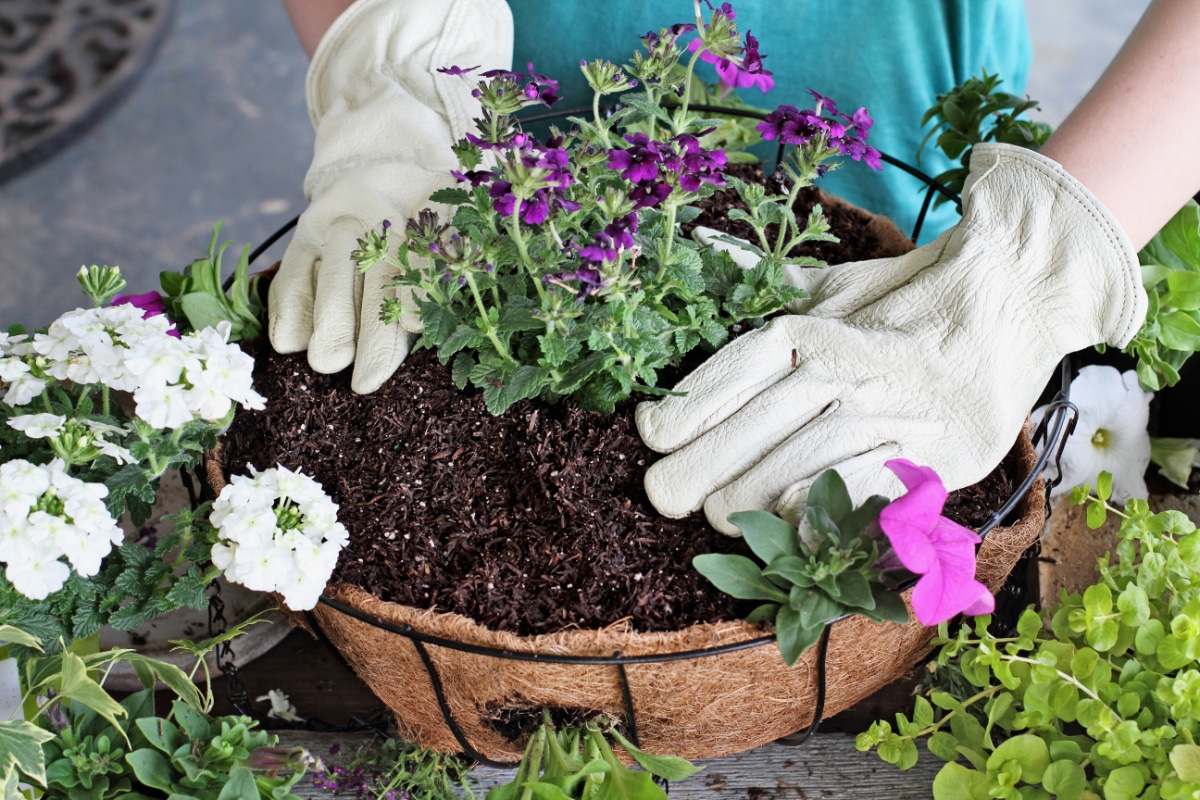
Small baskets aren’t the natural environment for plants to grow in. Their roots can’t spread as they want and they will have to compete quite a bit with neighbors. For this reason, you should give them the best high-quality potting mix that you can find. This will give the flowers and other plants a fantastic start to their new lives in the basket. Keep in mind that they will eat through the nutrients in the soil much faster than they would in any other situation, but more on that below.
Mix and Match Plants

Many hanging baskets have just one type of plant in them in one color and while you can do that, it isn’t your only option. Some of the most amazing-looking hanging baskets have a mix of trailing plants with grasses and ferns that poke up, and mounding flowers.
With that design technique, it is all about creating a basket with different textures and different colors. This will draw the eye much more than a basket with a single type of flower growing in it. So don’t be afraid to try out different plants together.
Use Plants With Similar Needs

Be sure that when you’re mixing and matching plants that you’re putting plants together that have similar needs and will have their needs met where you’re going to put them. A plant that wants full shade won’t do very well in a full sun location along with a plant that wants full sun itself.
Consider a Theme
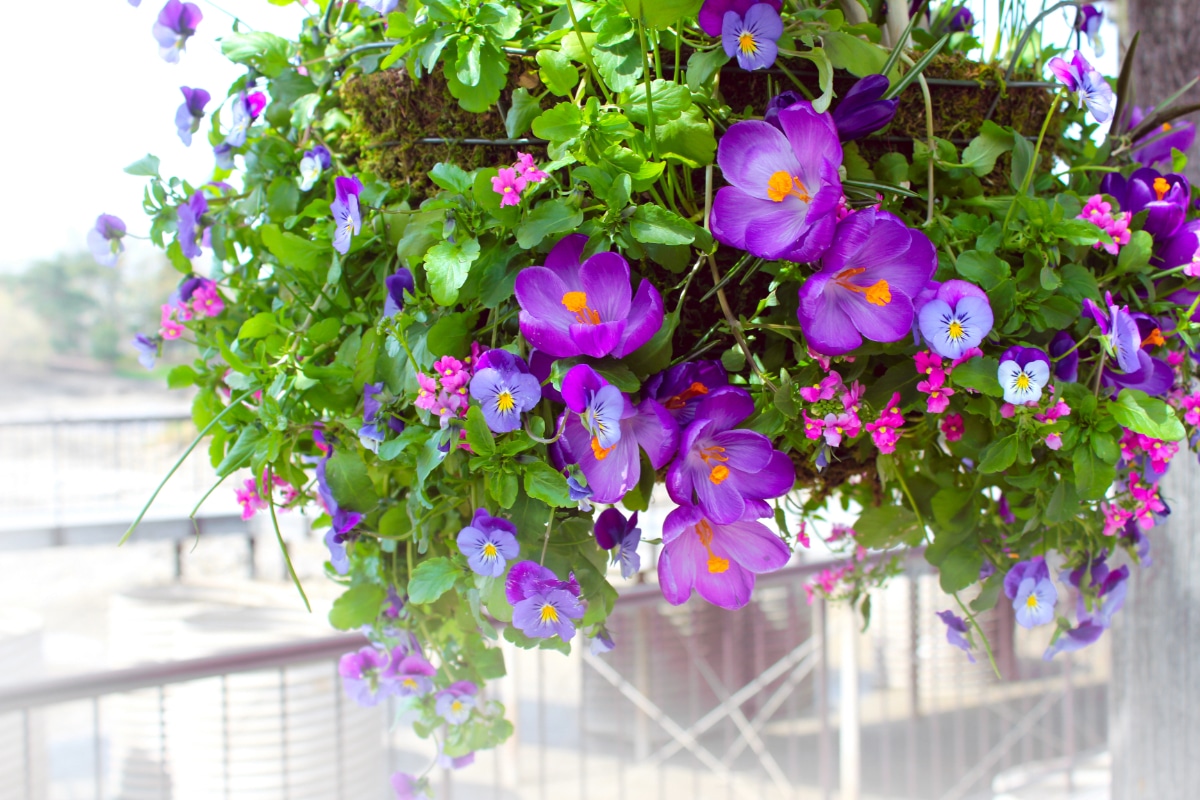
Try putting baskets together with a theme. The theme might be that all the flowers are the same color or maybe the theme is a place like California, and all the plants in the basket are natives to California.
Consider Blooming Season
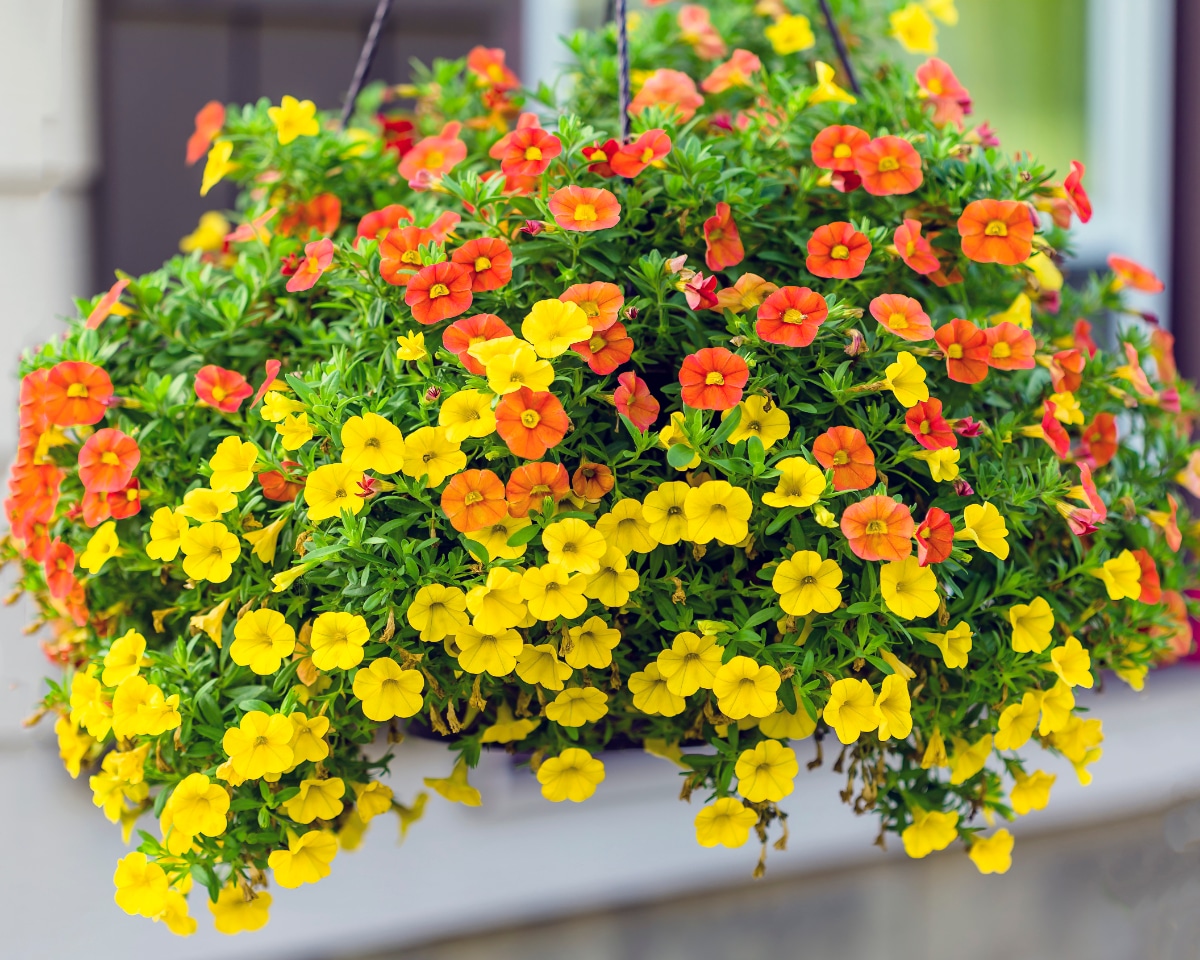
If you want your basket to be full of blooms all year long, or at least 3 seasons of the year, then you will need to keep in mind when different plants have their blooming season and take that into consideration.
One idea I’ve used before is planting snapdragons, which always have flowers where I live then adding a plant that flowers in the Spring, one that flowers in the Summer, and then one that flowers in the Fall. This way every season the basket looks different and I’ve got an abundance of flowers throughout the three growing seasons.
Pack the Plants in Tightly
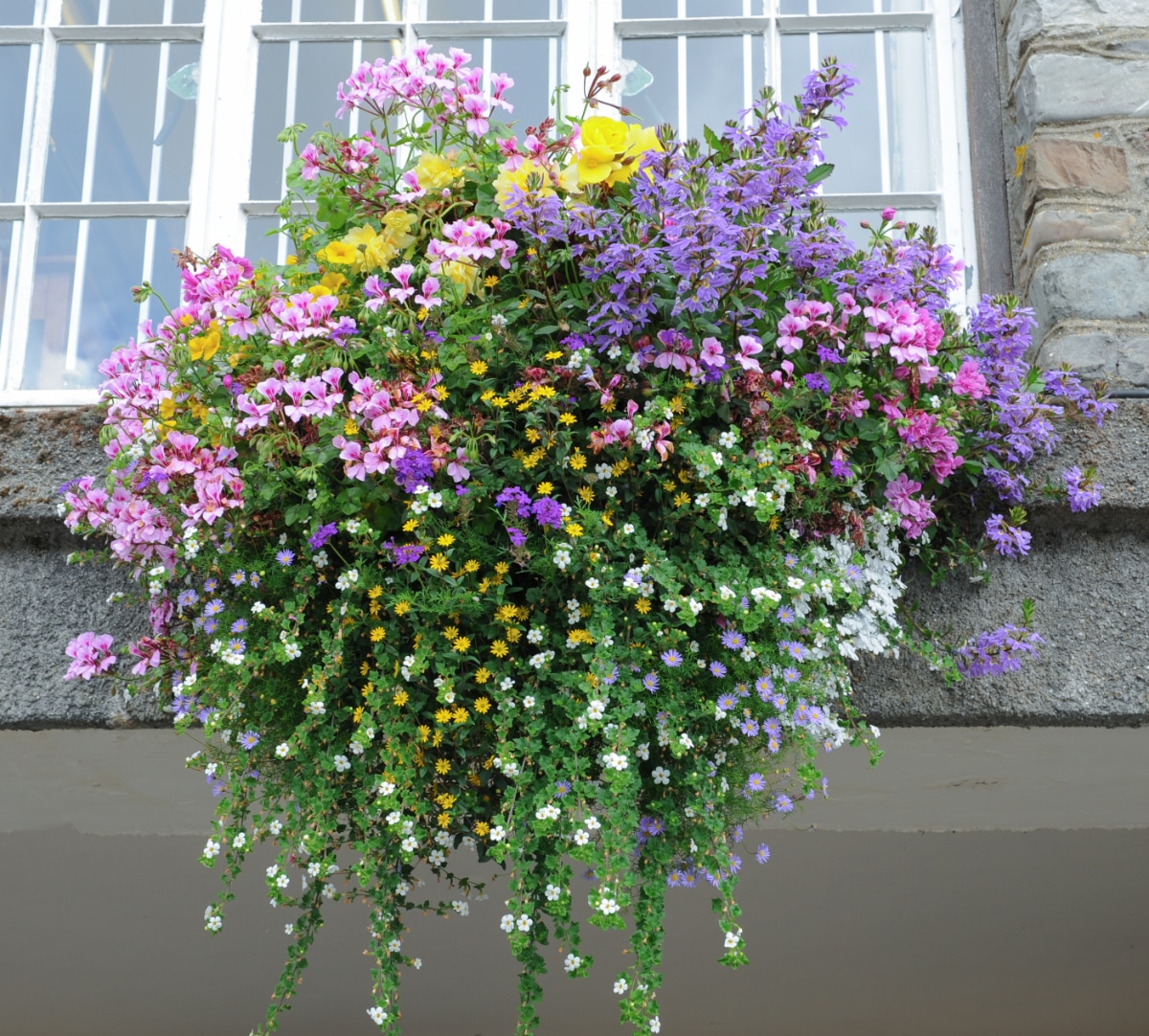
When you’re planting in hanging baskets the normal spacing rules for plants completely go out the window. There just isn’t the space for even one plant to have its spacing rules met and having just one plant in a hanging basket will make it look a bit barren. So don’t be afraid to throw out the rule book! The plants will work out their space issues amongst themselves. Yes, in the process a plant or two might be lost, but you’ll end up with gorgeous full looking baskets.
Water and Fertilize Often
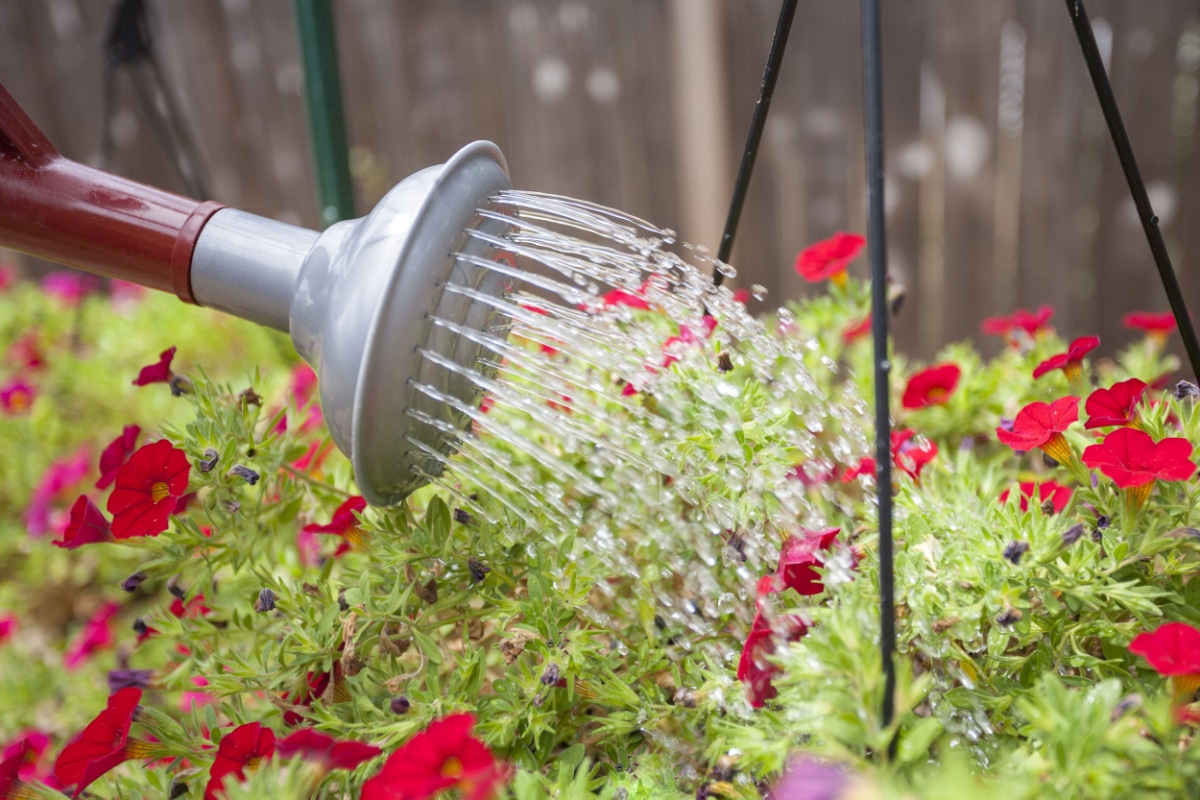
I mentioned earlier that the plants in hanging baskets eat through the nutrients in the soil a lot faster than they would in normal situations. Well, this is where we talk about it a bit more in-depth. Plants are stress eaters. No, they won’t break into your fridge at midnight for the last slice of cake, but they will need to be fertilized a whole lot more often. This also applies to water. Depending on where you live and where you put the basket you might need to water and fertilize your hanging baskets twice as much as you do the rest of your garden. This is something you will just have to experiment with. So make sure that you can easily reach your hanging basket while you get to know its needs. You’ll be poking your finger into its soil every couple of days. Or, you can put a Bluetooth sensor in and get the data straight from the basket.
Remove Dead Sections Regularly
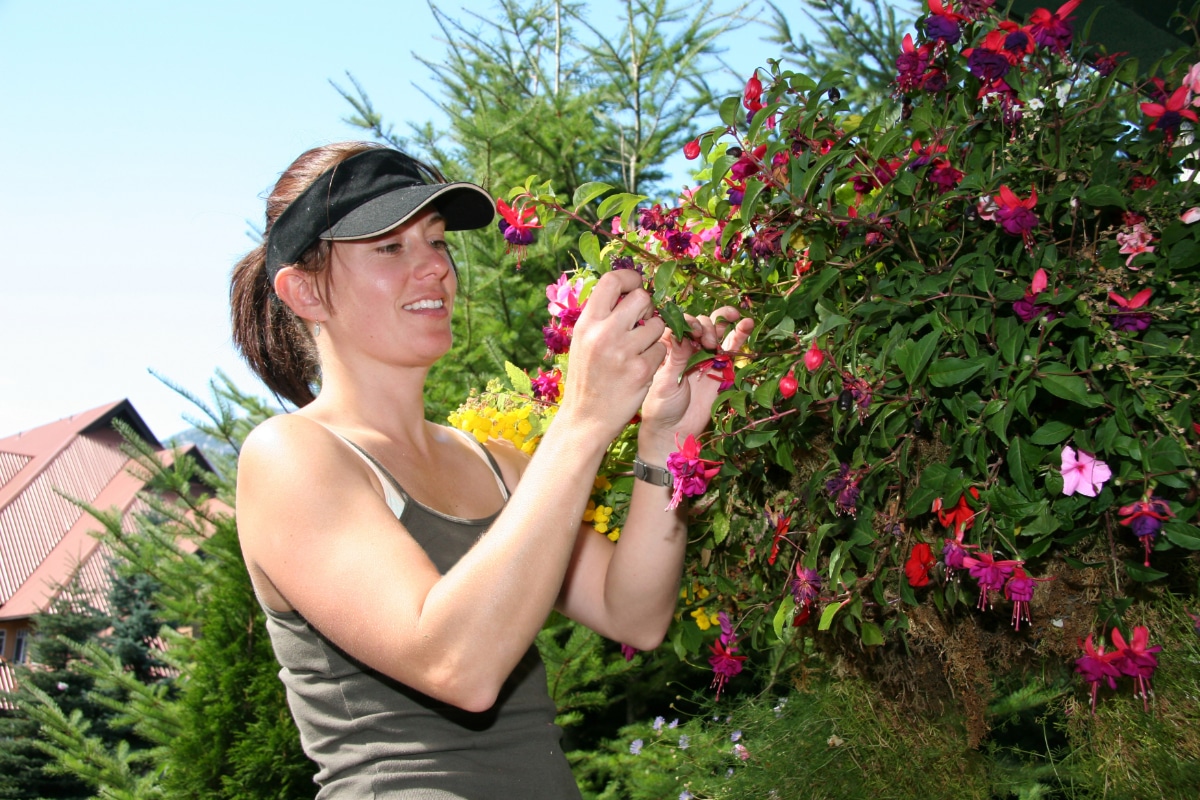
One of the biggest secrets to keeping your hanging baskets looking great is to remove any dead parts that you see as soon as you spot them. This will help keep it from looking scraggly and also give the healthier plants more room for expansion. I recommend taking your baskets down, or climbing up to them once a month just so you can give them a little bit of TLC. While you’re there you can check to see if any of them are struggling and even add a slow-release fertilizer, just to help give them that extra little boost.
Where to buy Hanging Baskets?
You can spot good deals on Amazon, Wayfair and unique handmade ones on Etsy.com.
Plants to Grow in Hanging Baskets.
Begonia
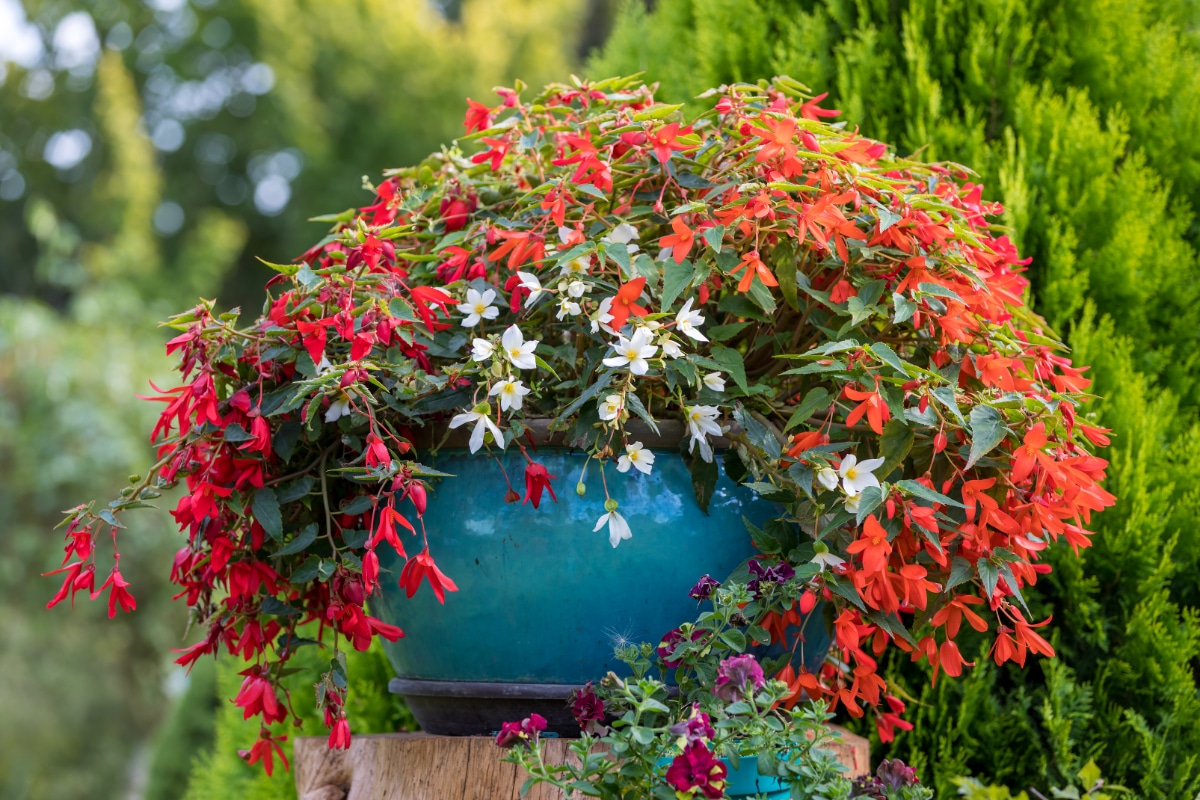
There are 3 types of begonias but all of them are toxic to your pets and can also cause allergic reactions in some people so give some consideration before growing them.
Light: Shade
Height: 6-12 Inches
Flowering Season: Varies. Some varieties bloom all year. Others will only bloom from early summer to frost.
Fuchsia
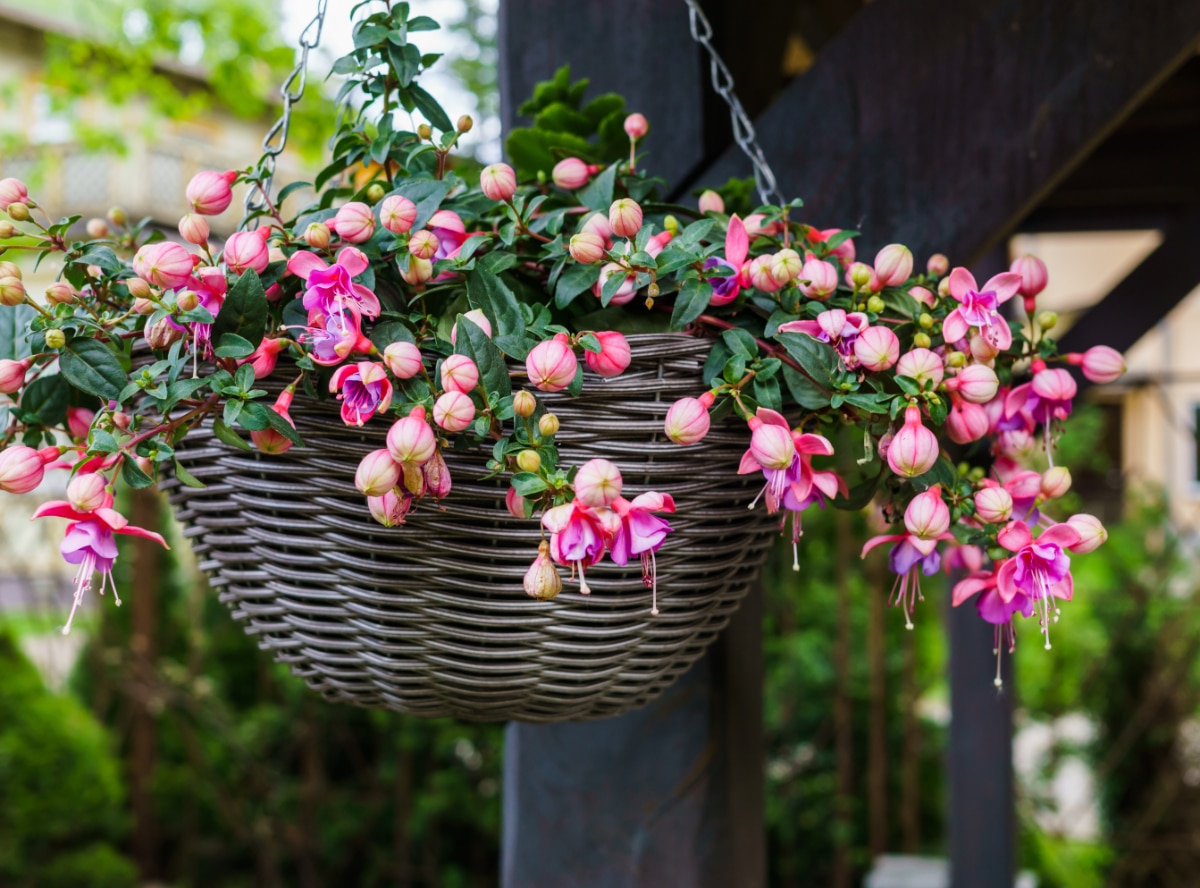
There are three types of Fuchsias, be sure that you’re getting the trailing or basket fuchsia for planting in hanging baskets.
Light: Full Sun or Partial Shade
Height: 4-12 Inches
Flowering Season: Summer and Fall
Petunias
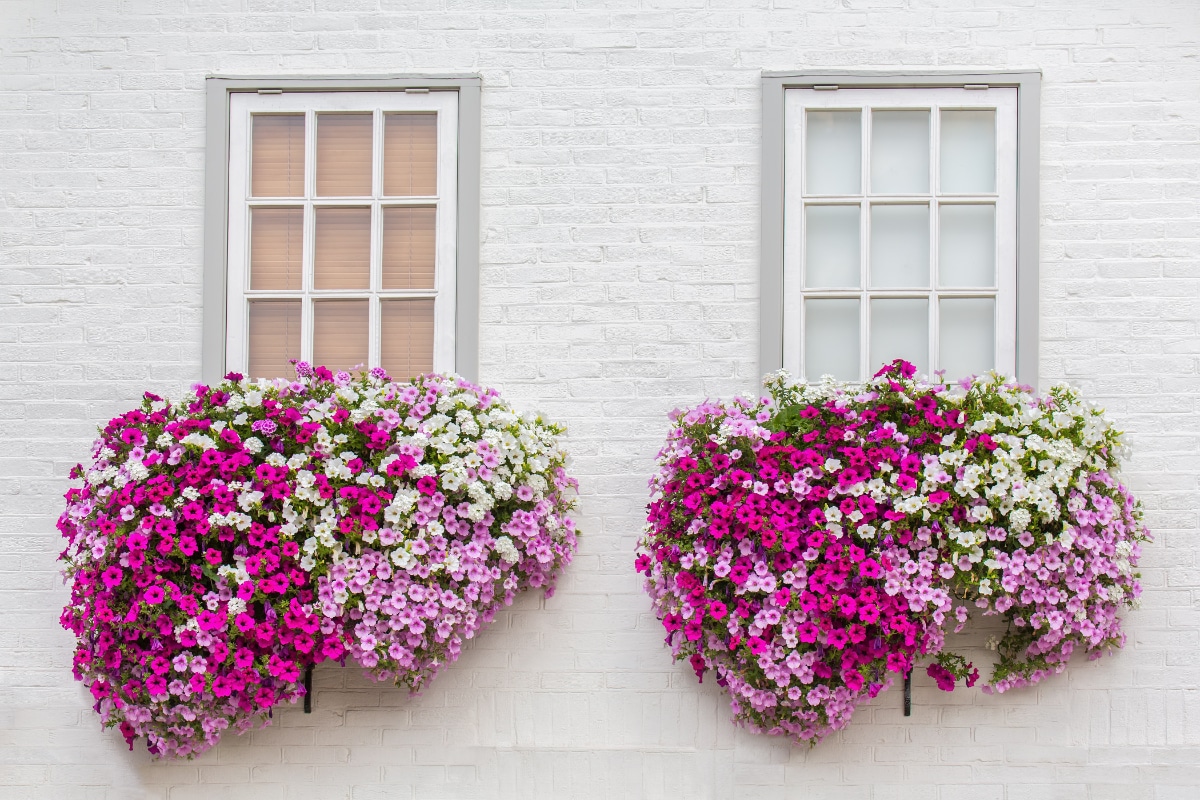
These gorgeous flowers come in a variety of colors, but don’t grow them from seed if you want to see those flowers anytime soon, it’s much easier to buy them as start in a nursery.
Light: Full Sun
Height: 6-18 Inches
Flowering Season: Spring to Fall
Bacopa
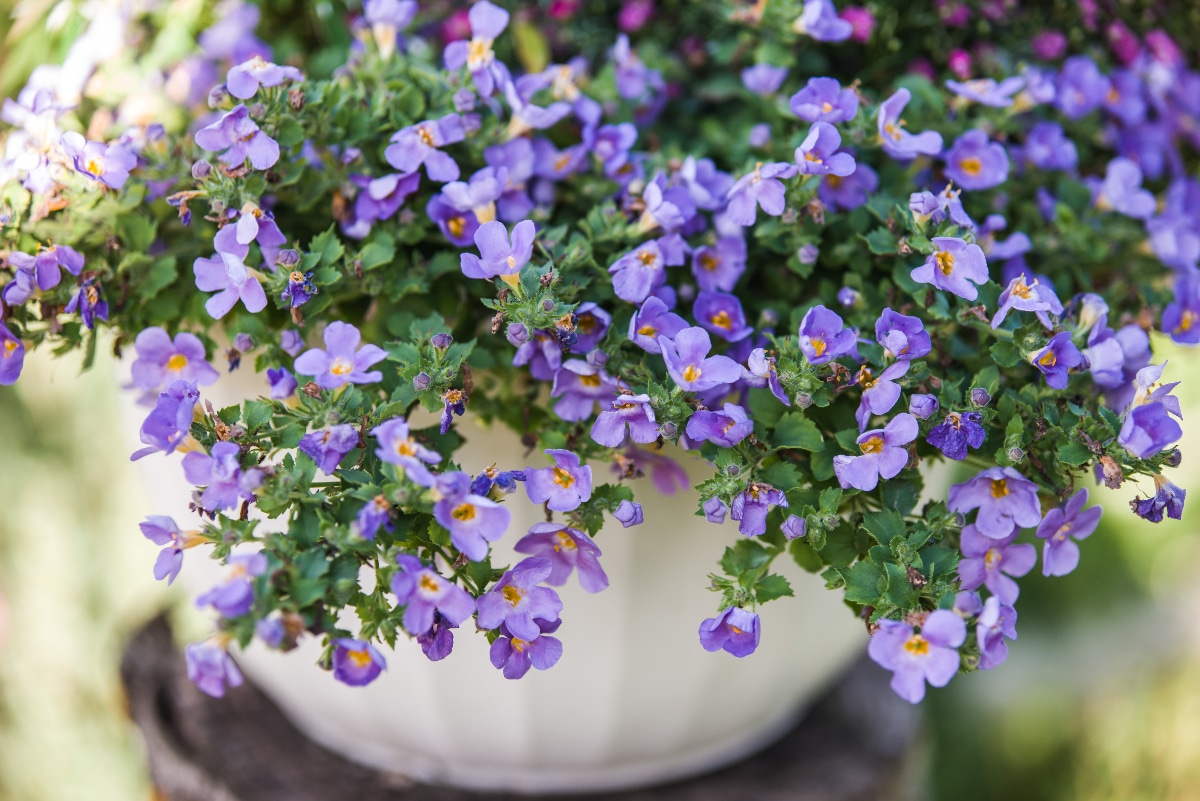
This cute little flower needs a lot of watering, especially in hot, dry climates like California and Arizona.
Light: Full Sun or Partial Shade
Height: 6-12 Inches
Flowering Season: June to October
Lobelia
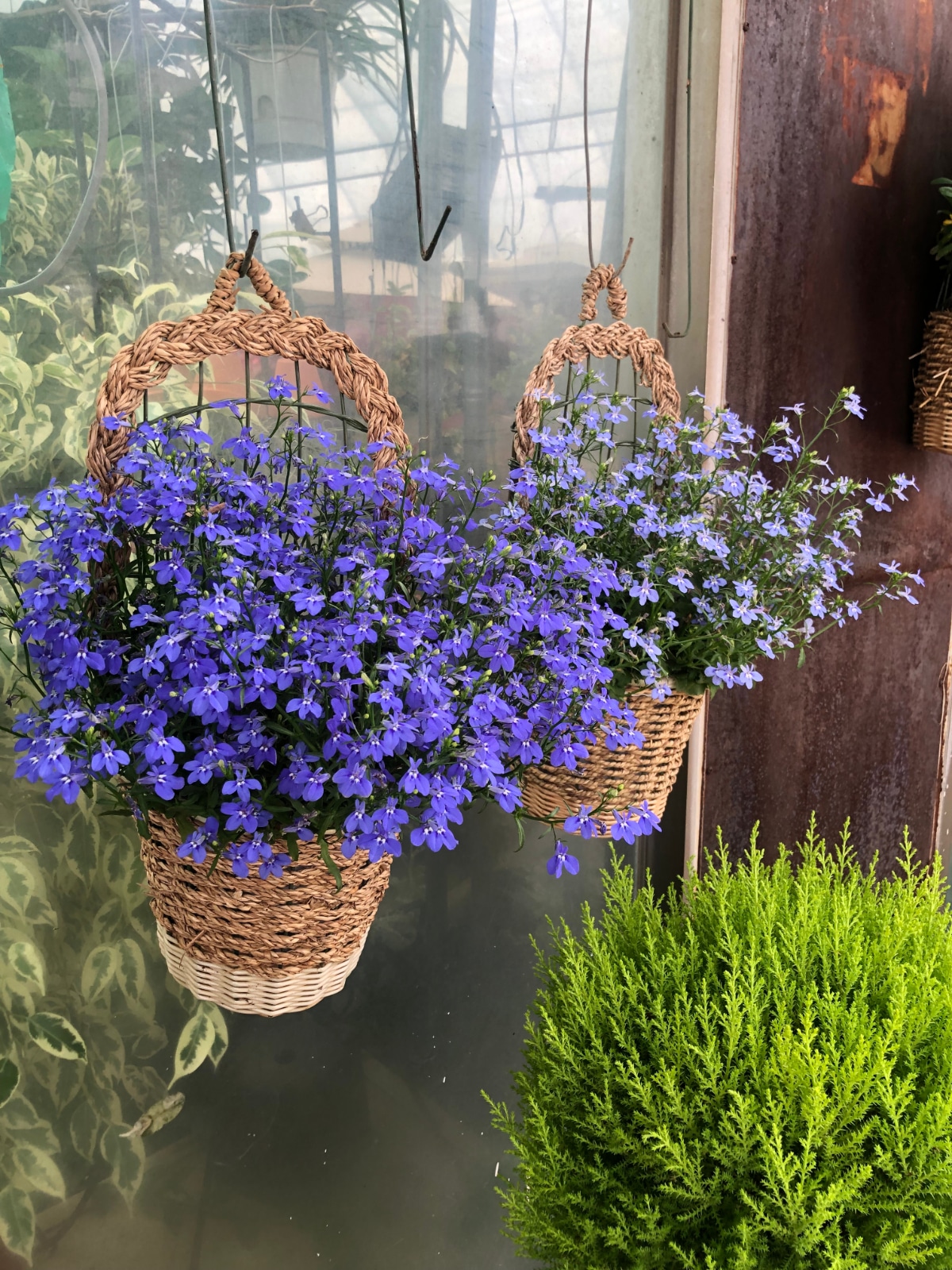
This adorable plant is sometimes called the not-so-adorable name pukeweed because once upon a time doctors would prescribe the plant to induce vomiting. We don’t recommend you try this at home.
Light: Full Sun Preferred, Partial Shade ok.
Height: 3 inches to 3 feet depending on the variety
Flowering Season: Summer until First Frost
Calibrachoa aka Million Bells
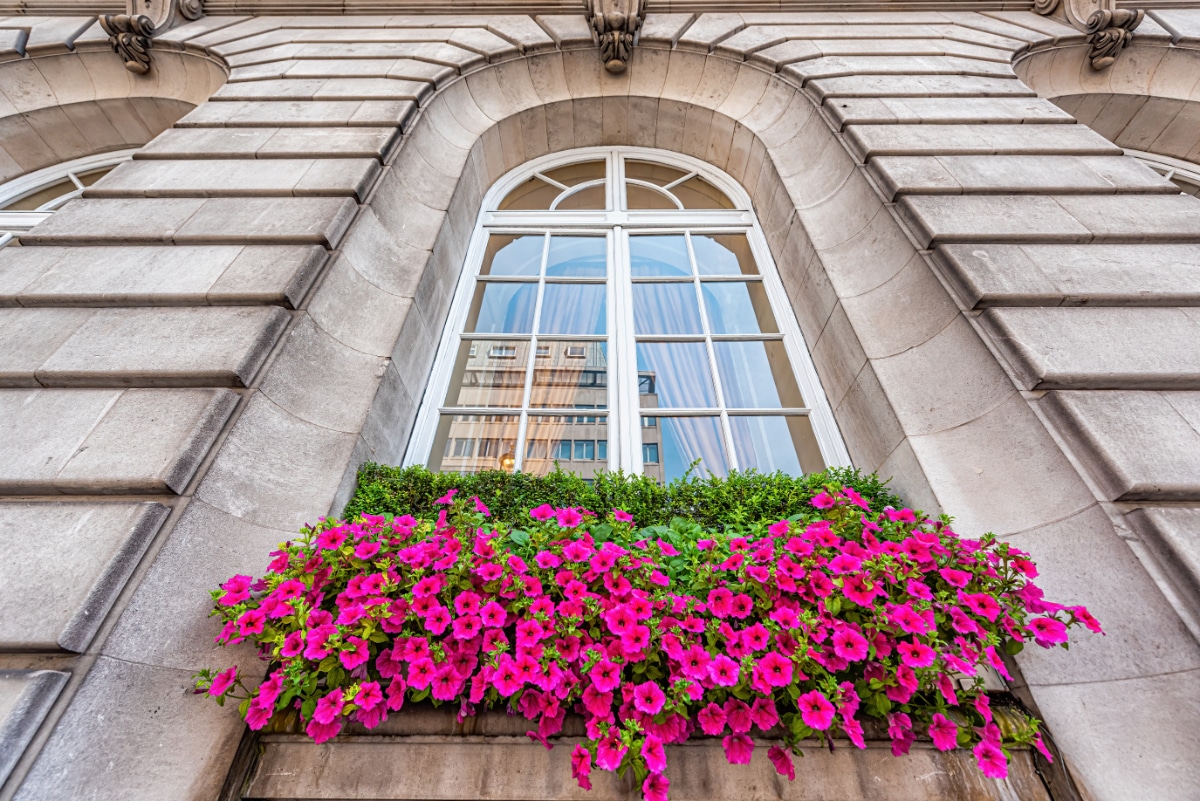
These might look like miniature petunias, but they aren’t! You’ll have millions of little bell flowers most of the year.
Light: Full Sun
Height: 3-9 Inches
Flowering Season: Spring to Frost
Geraniums
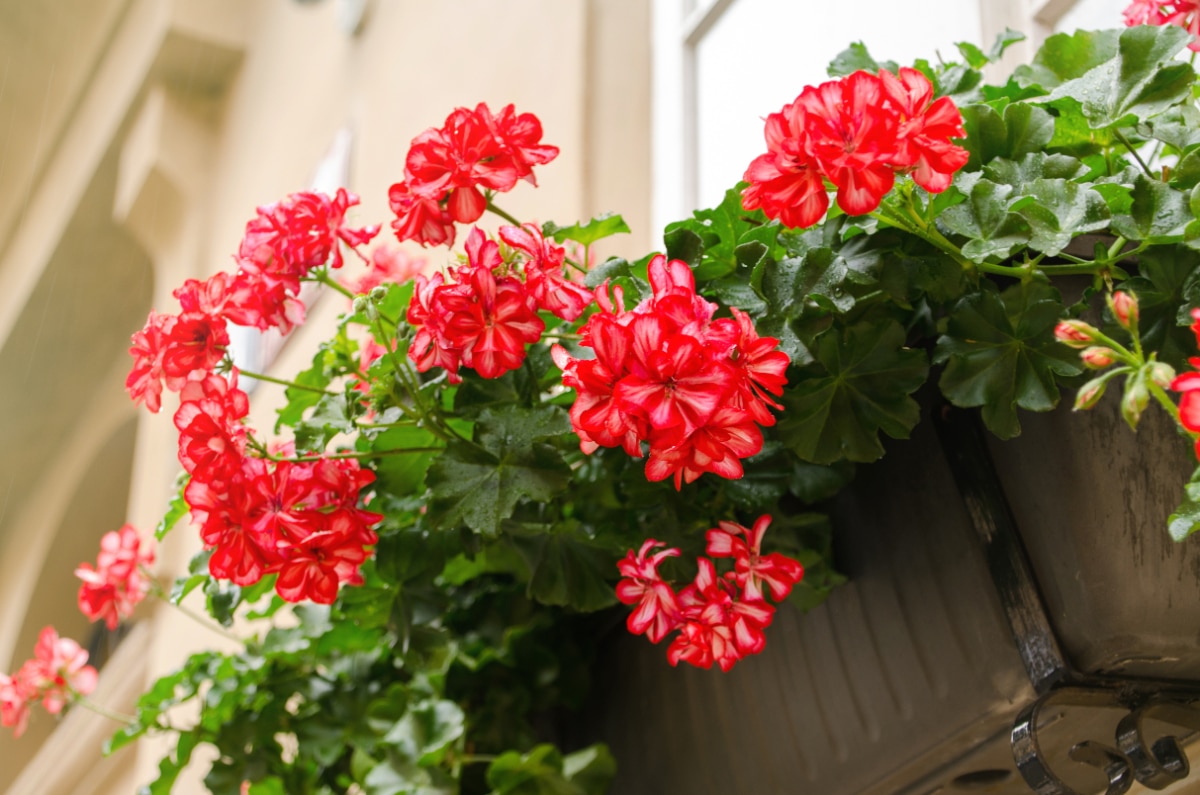
One of the gardener’s favorite flowers to grow thanks to their vibrant colors and amazing smell.
Light: Full Sun
Height: 4 inches to 4 feet depending on the variety
Flowering Season: Spring to Fall. They may also bloom in winter if plants are kept above 45 degrees.
Osteospermum aka African Daisies
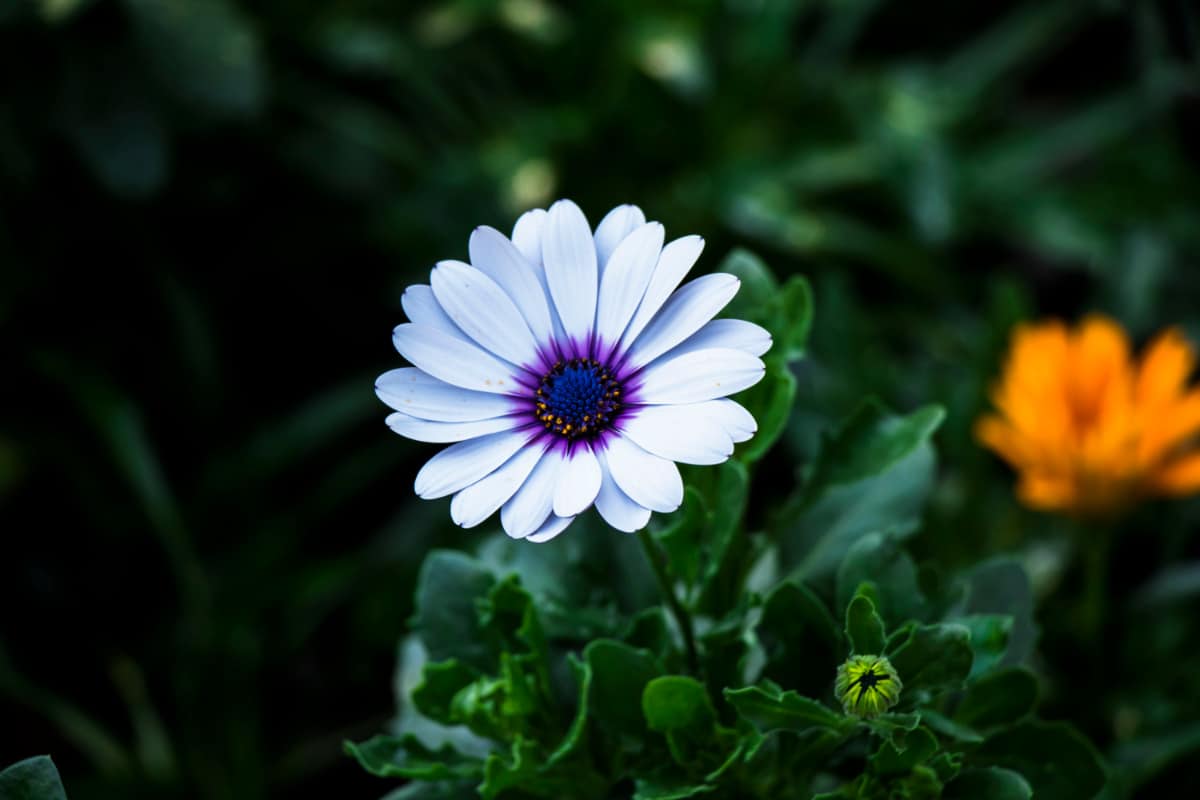
These gorgeous daisy-like flowers come in pink, white, and even shades of yellow.
Light: Full Sun
Height: 2-5 Feet
Flowering Season: Summer
Nasturtiums
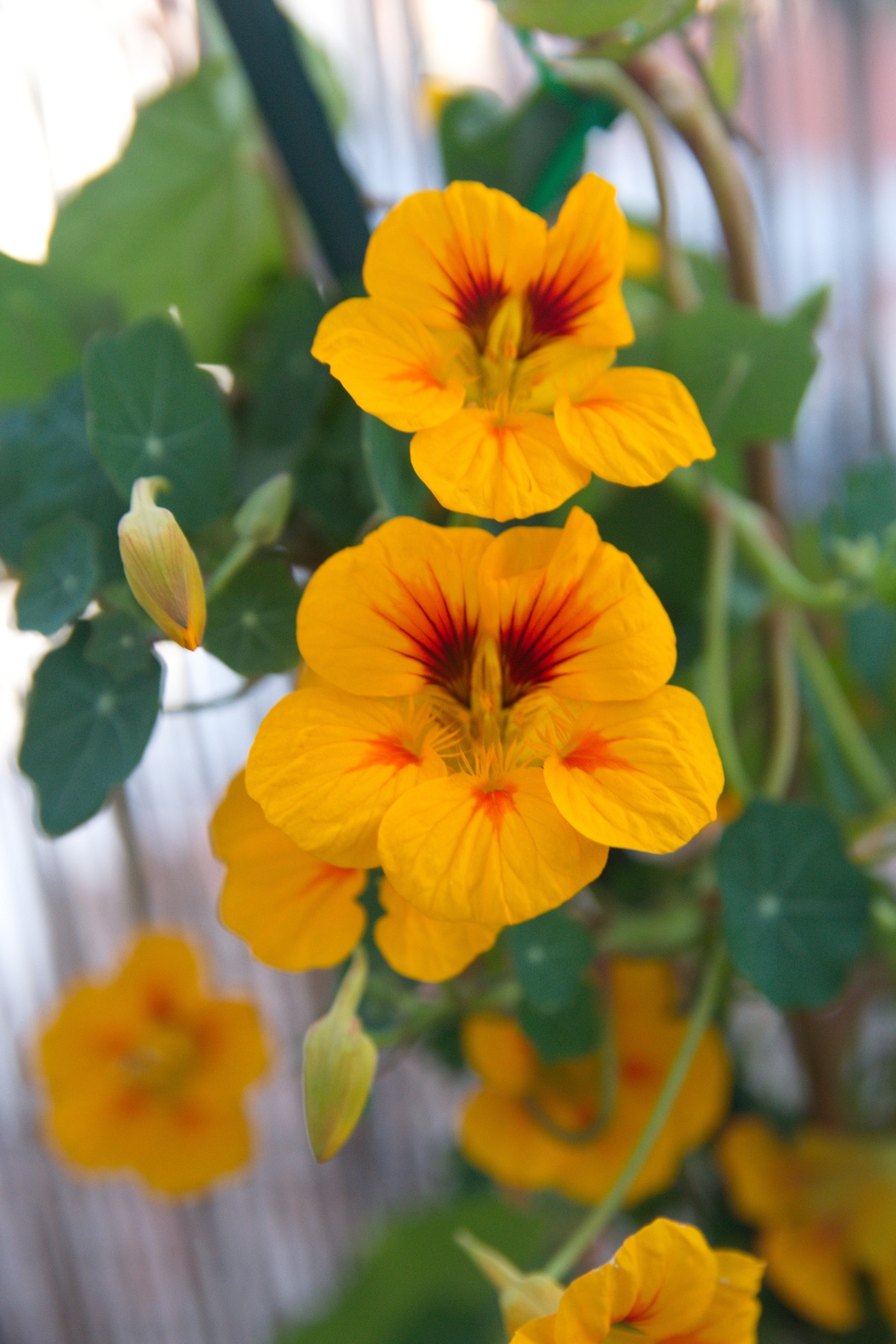
These incredible flowers will help keep pests away and they’re also delicious in salads!
Light: Full Sun
Height: Up to 12 inches
Flowering Season: May to September
Verbena
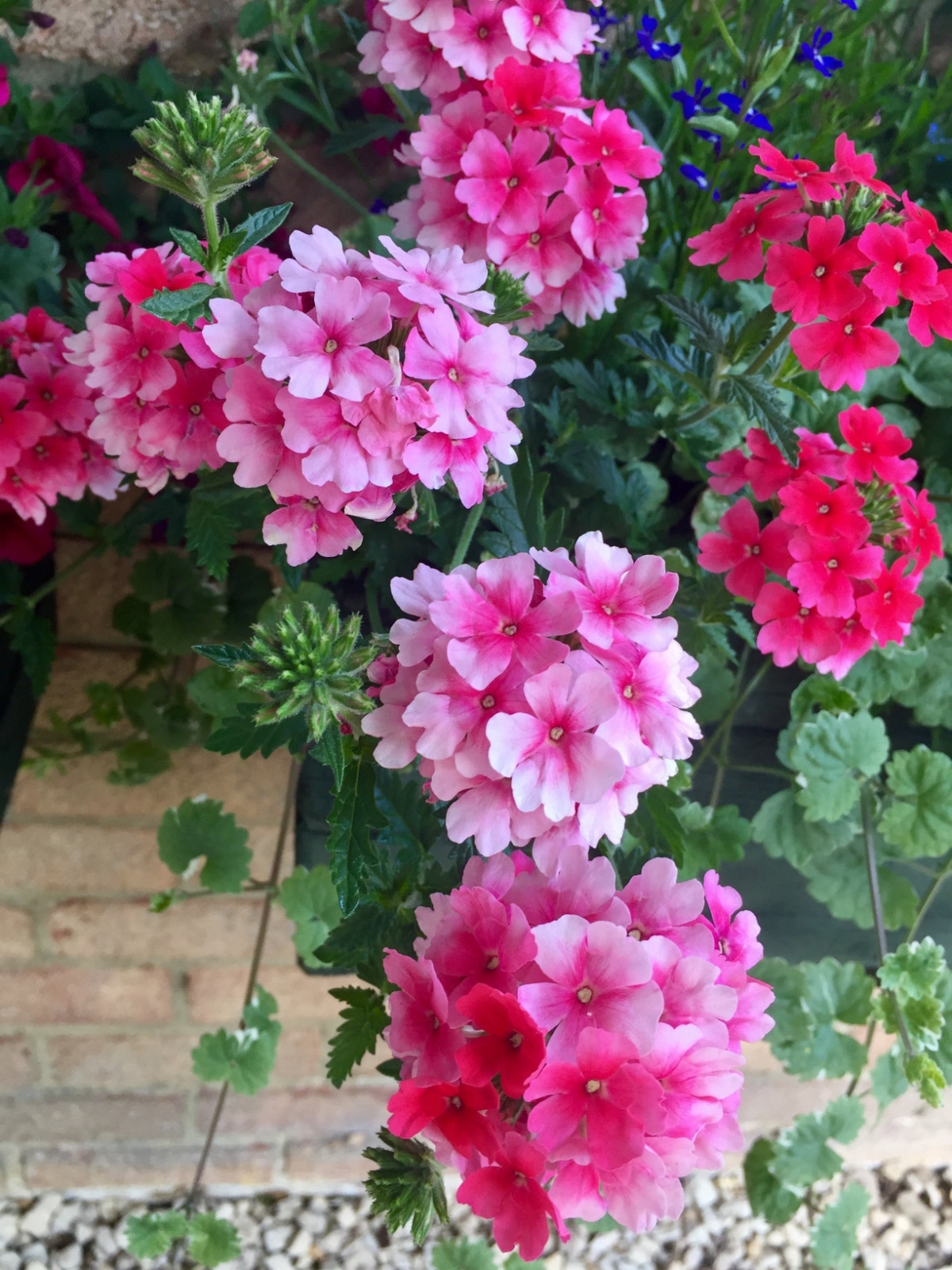
Hummingbirds can’t resist verbena! It’s one of their favorites.
Light: Full Sun
Height: Less than 12 inches
Flowering Season: May to October
Lantana
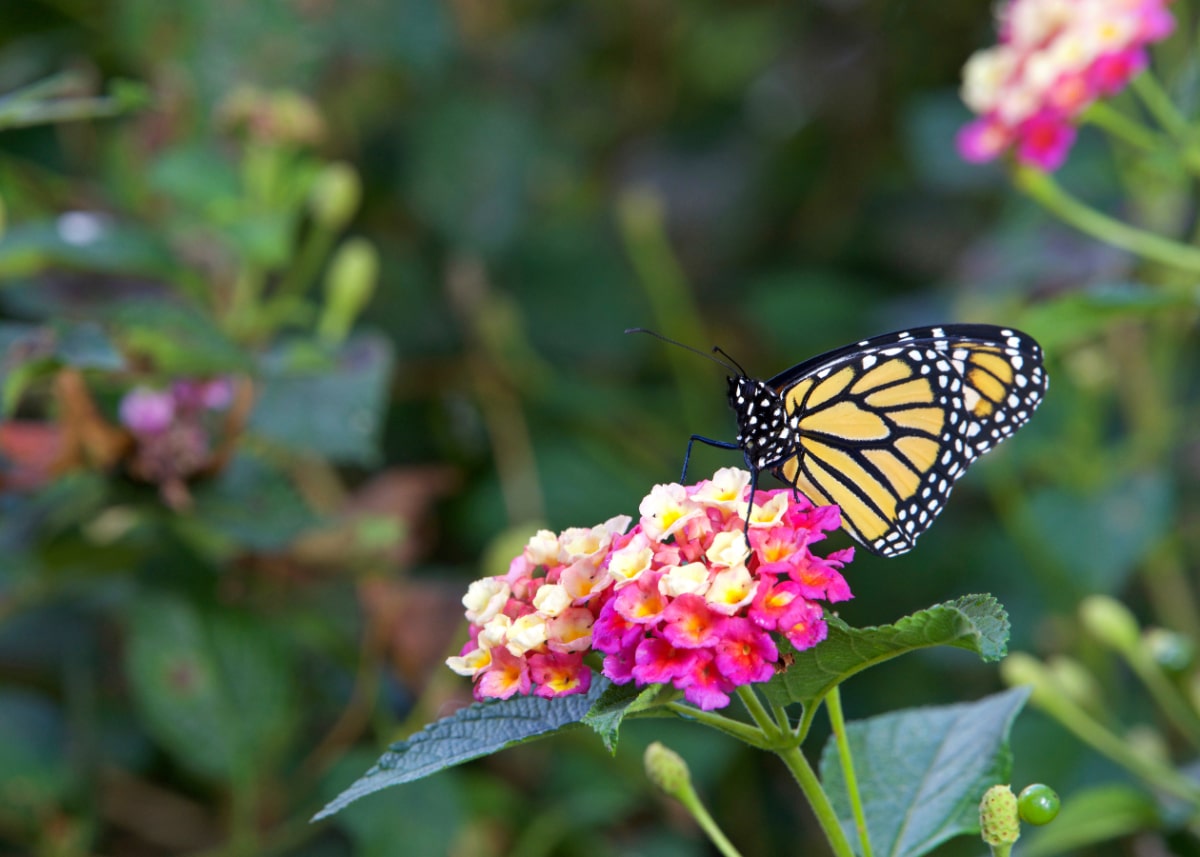
Before you plant lantana check with your local municipality, they are a noxious weed and invasive species that will take over in areas that don’t get frost. But they sure are pretty!
Light: Full Sun
Height: Up to 6 feet if allowed
Flowering Season: Year-round in frost-free climates
Portulaca aka Moss Rose, Mexican Rose, and Purslane
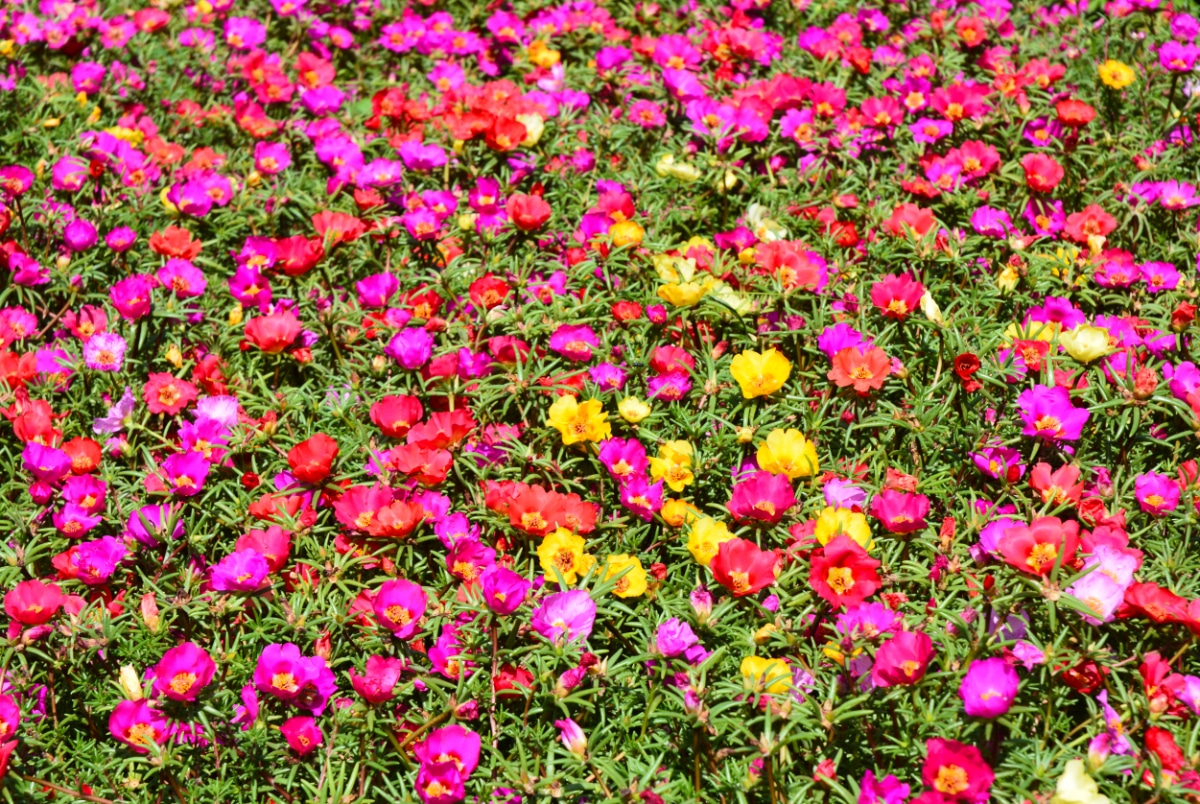
A gorgeous way to get rose-like flowers without growing roses.
Light: Full Sun
Height: 3-12 Inches
Flowering Season: Summer to Frost
Sweet Alyssum
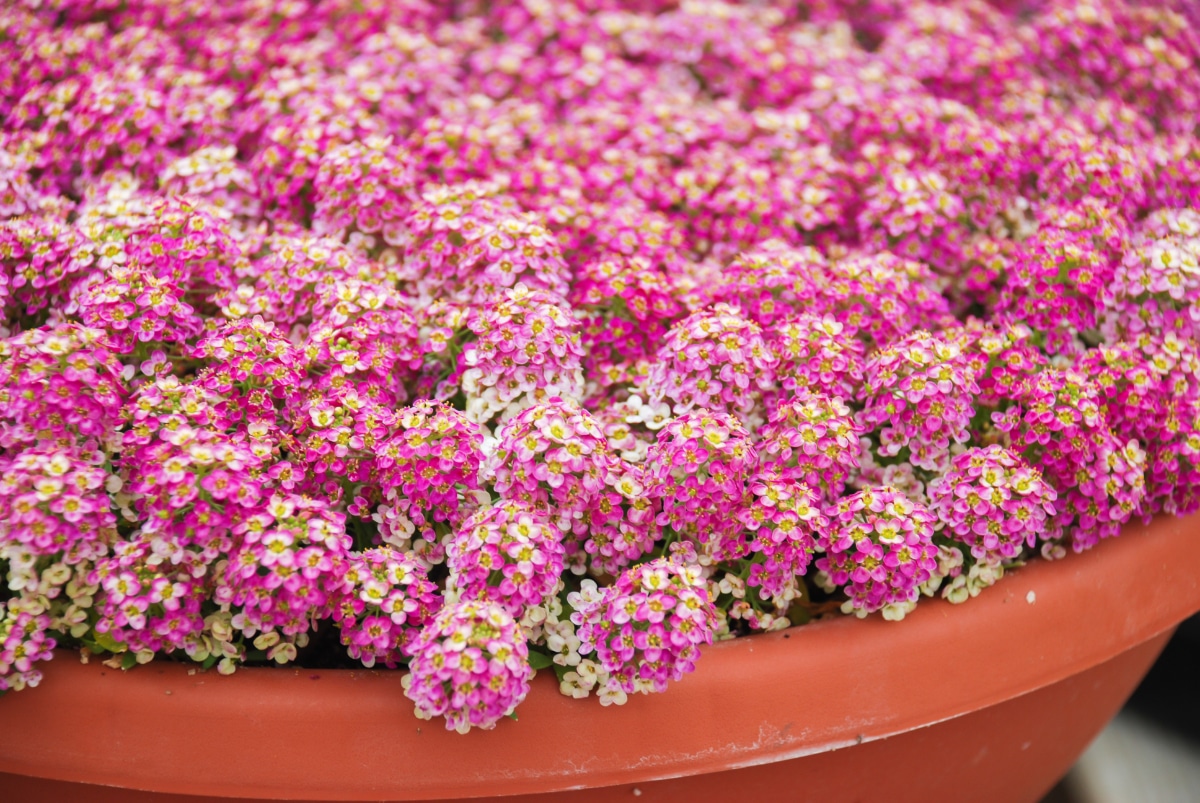
One of the easiest to grow plants that you will ever have the pleasure of growing. You might just be tempted to fill your entire garden with it.
Light: Full Sun, Partial Shade
Height: 3-9 Inches
Flowering Season: Spring and Fall
Lotus Vine

These Canary Island natives can be overwintered if you bring them inside, just be sure to watch out for pests and keep them warm!
Light: Full Sun
Height: 6-8 Inches
Flowering Season: Late Spring to Early Summer and Early Fall in the right climate
Impatiens aka Touch-me-not
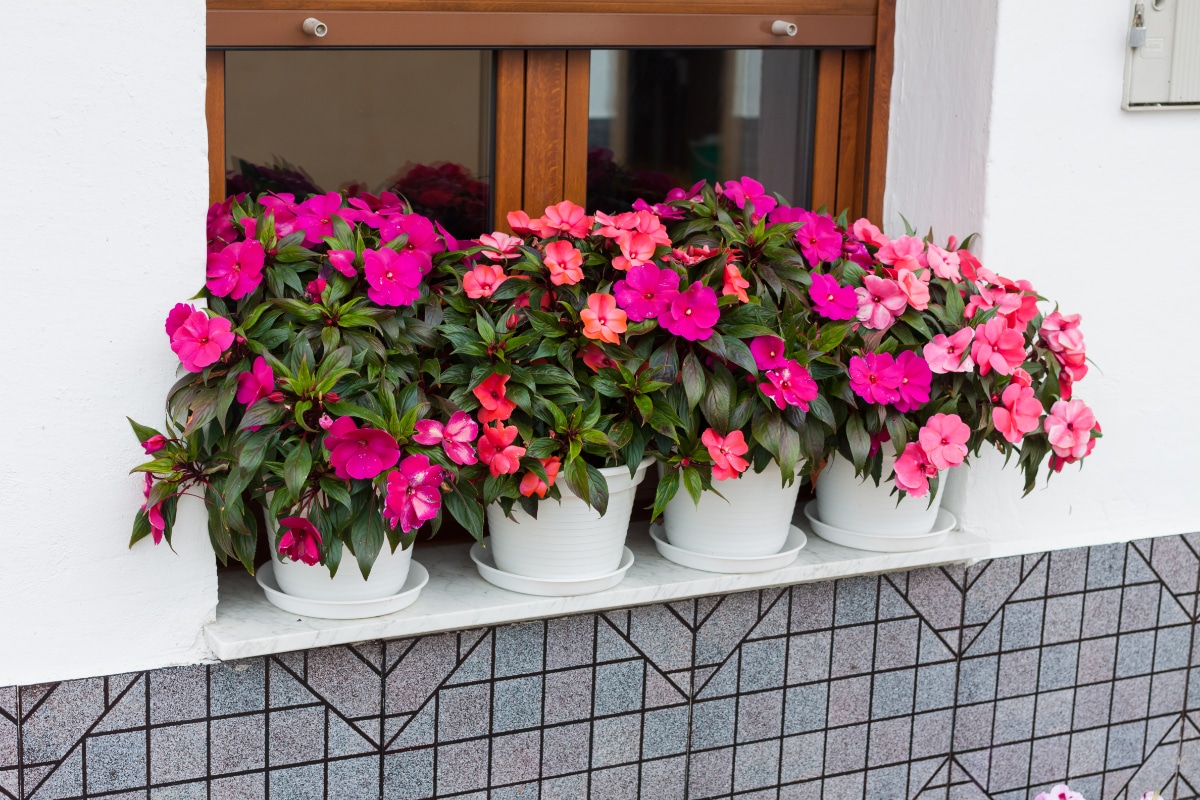
These might be a little difficult to come by in stores. In 2004 a powdery mildew decimated breeding stock in commercial nurseries. It wasn’t until 2019 that they started appearing in stores again. These are more resistant to that mildew than the flowers that were previously available.
Light: Part Shade to Full Shade
Height: Less than 1 foot
Flowering Season: Spring and Summer
Pansies
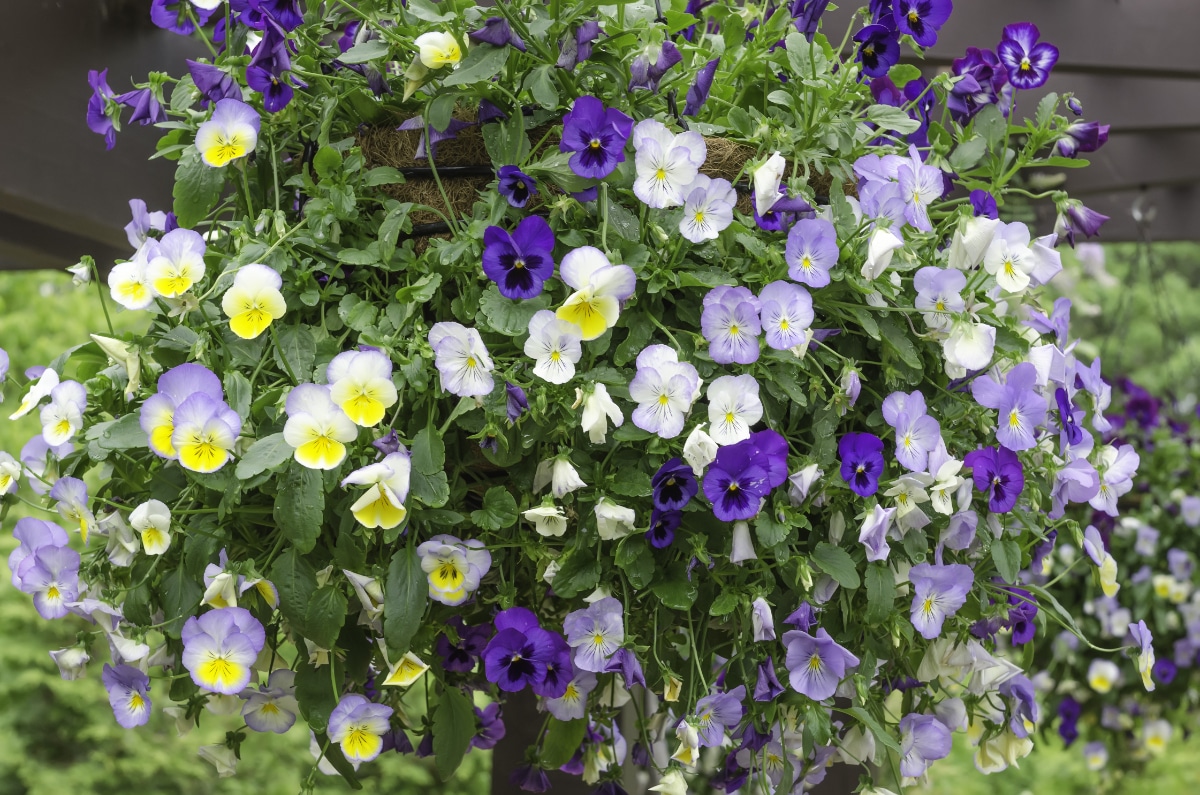
There are literally thousands of varieties of pansies out there because they are so beloved and can be so many different colors and shapes! Be sure to check out this article we did on some of the best pansy varieties.
Light: Full Sun
Height: 6-9 Inches
Flowering Season: Spring to Summer
Dwarf Lavender
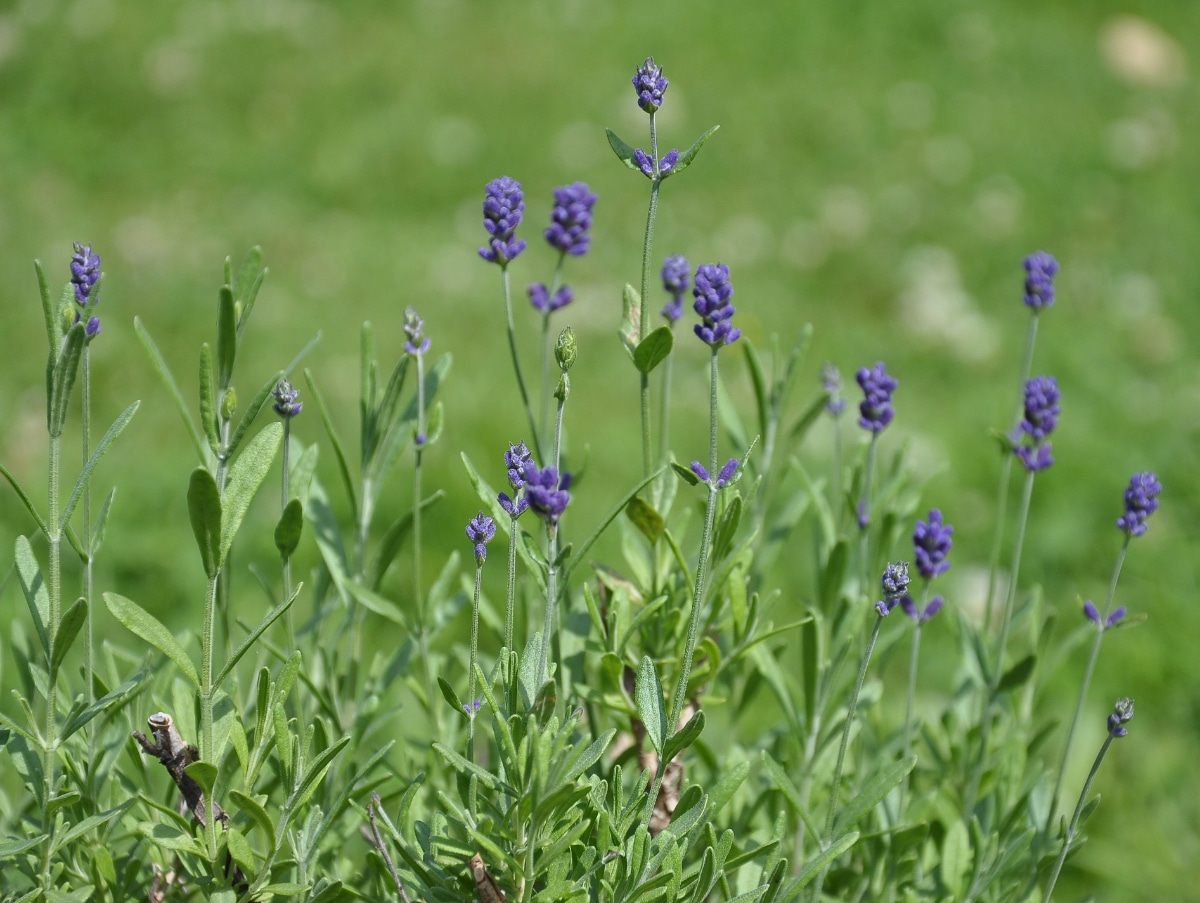
Hanging baskets don’t have to be filled only with plants that will hang, you can add some variety and height with Dwarf Lavender.
Light: Full Sun
Height: 12-15 Inches
Flowering Season: Summer
Sedum morganianum aka Burro’s Tail
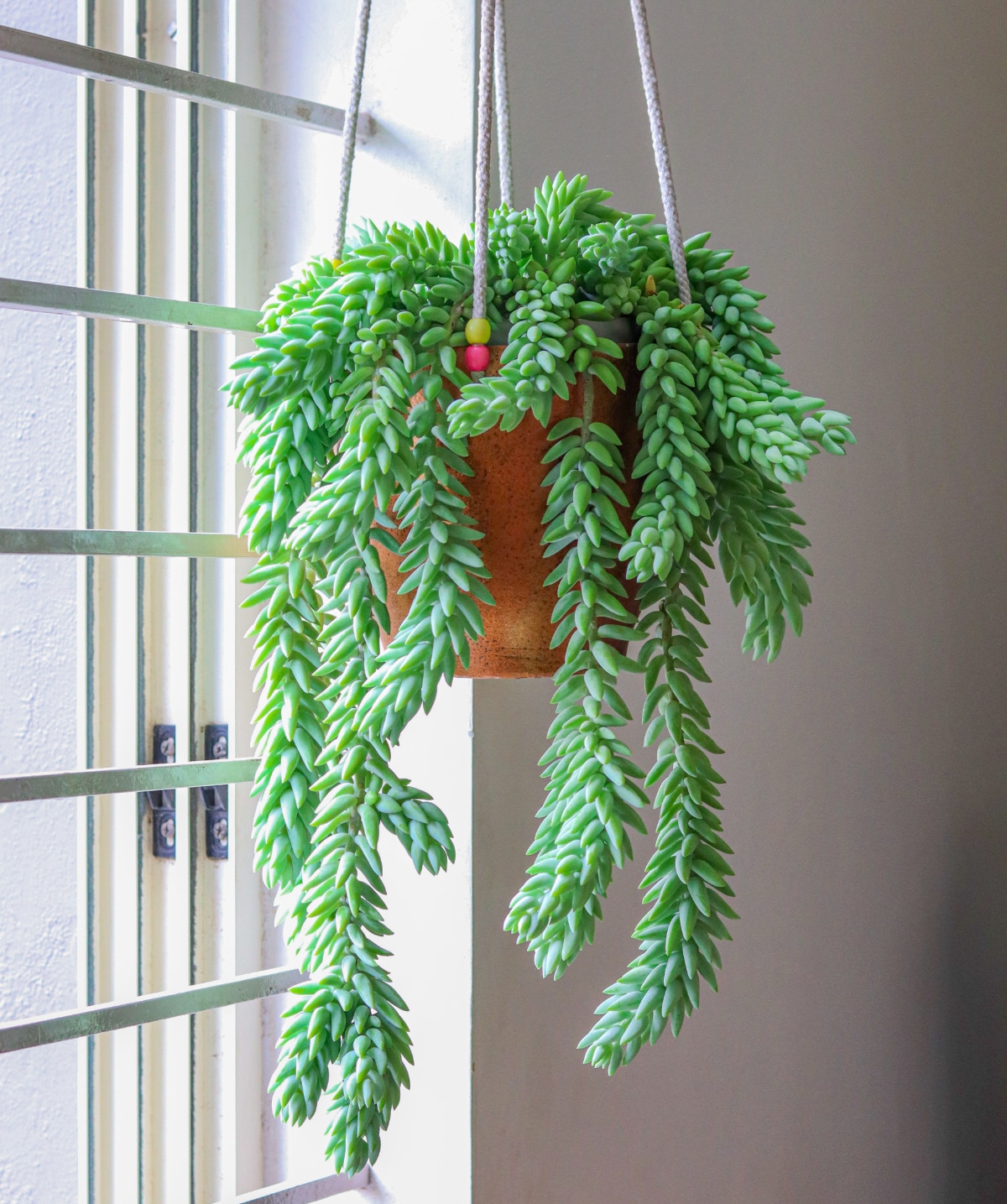
If you’re lucky enough to live in zones 10 or 11 you can grow Burro’s Tail outside. This succulent doesn’t have much of a flower to speak of most of the time unless you grow it indoors.
Light: Partial Sun
Height: 1-4 Inches
Flowering Season: This does not apply most of the time.
Chrysanthemum
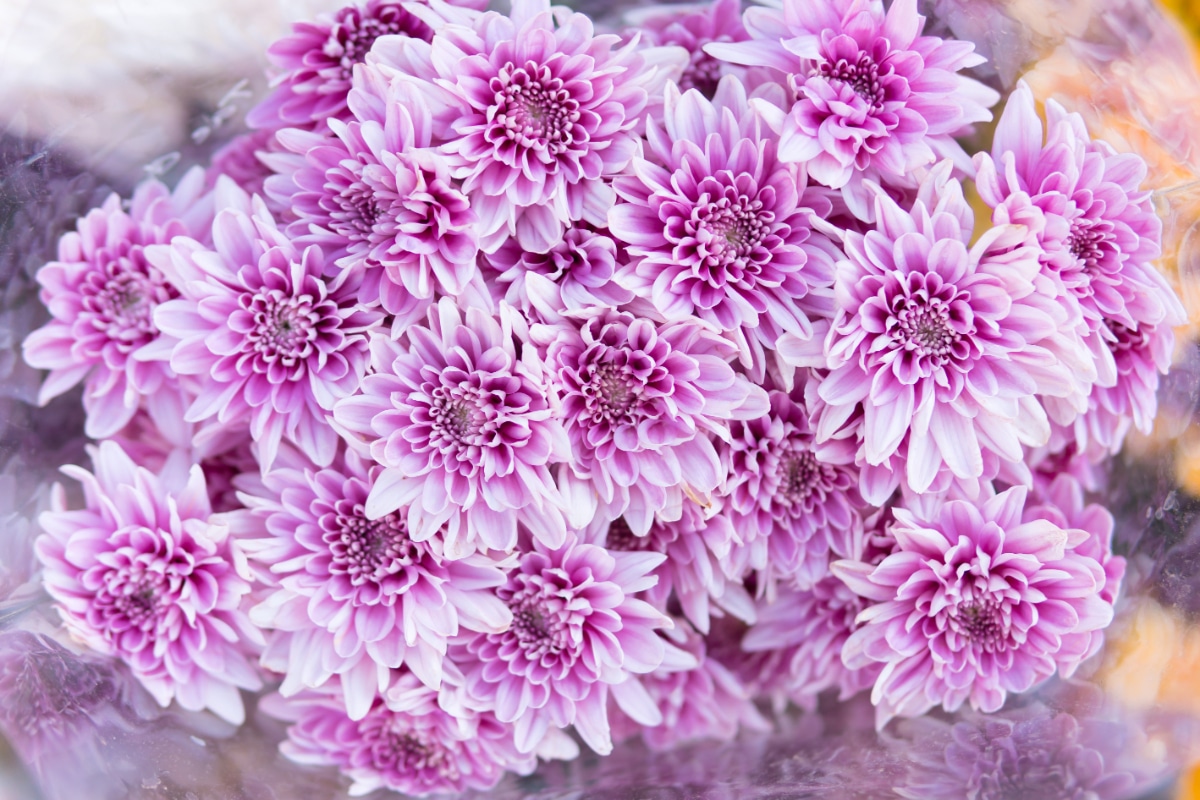
Mums are without a doubt the most popular Fall flowering plant you can have in your garden, and for good reason.
Light: Full Sun
Height: 1-3 feet if allowed
Flowering Season: September to Frost
Dwarf Fountain Grass
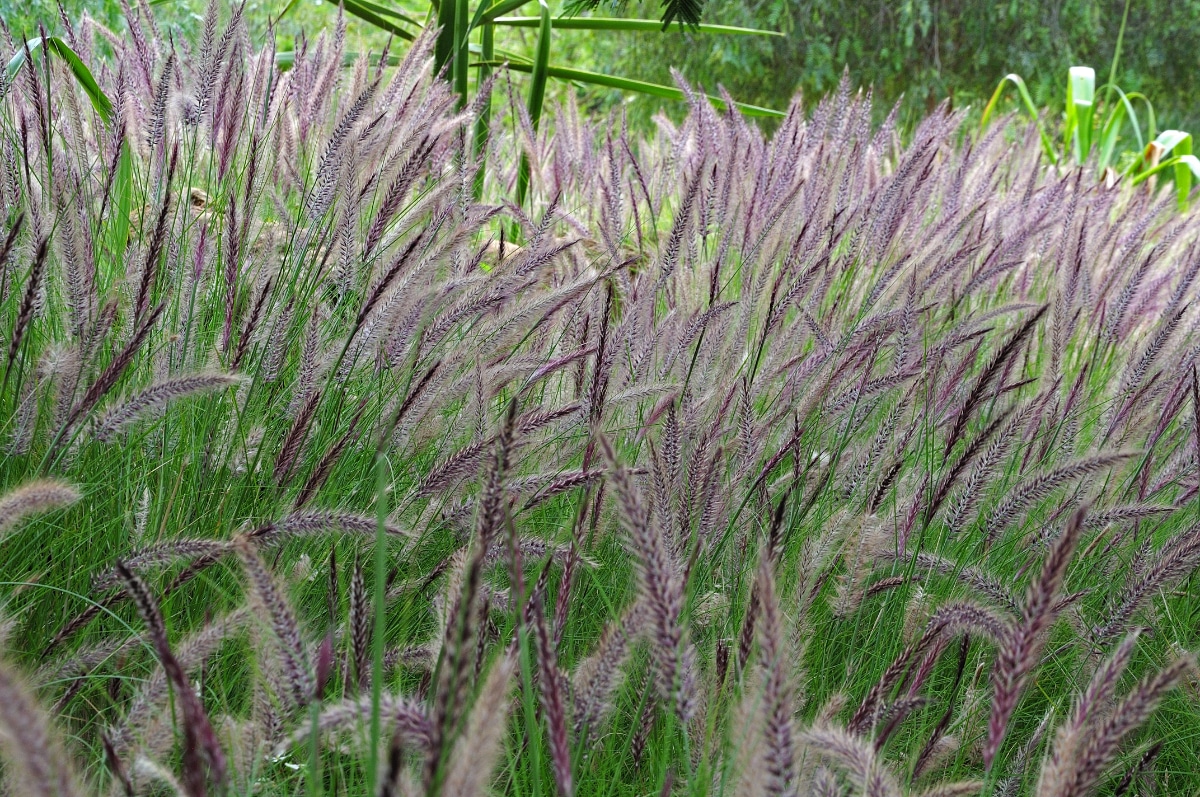
Never rule out a good dwarf grass to add some height to your hanging baskets.
Light: Full Sun, Part Shade
Height: 12 Inches
Flowering Season: Early Summer to Late Fall start depending on climate.
Tradescantia aka Spiderwort
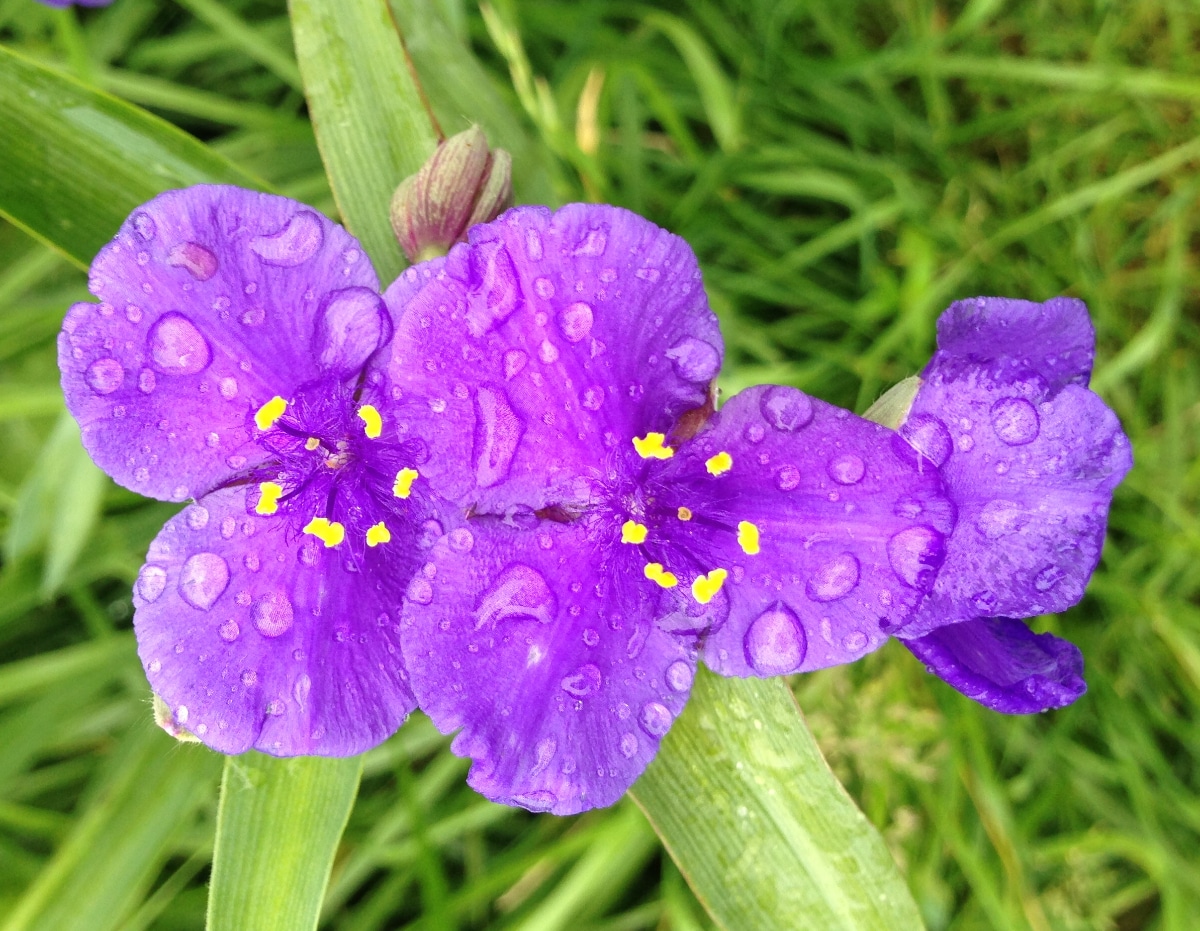
If your hanging basket is going to be grown indoors then consider adding some Spiderwort to the basket for some incredibly unique foliage. It can also be grown outside in zones 9-12.
Light: Full Sun, Partial Shade
Height: 6-12 Inches
Flowering Season: Year-Round
Sweet Potato Vine
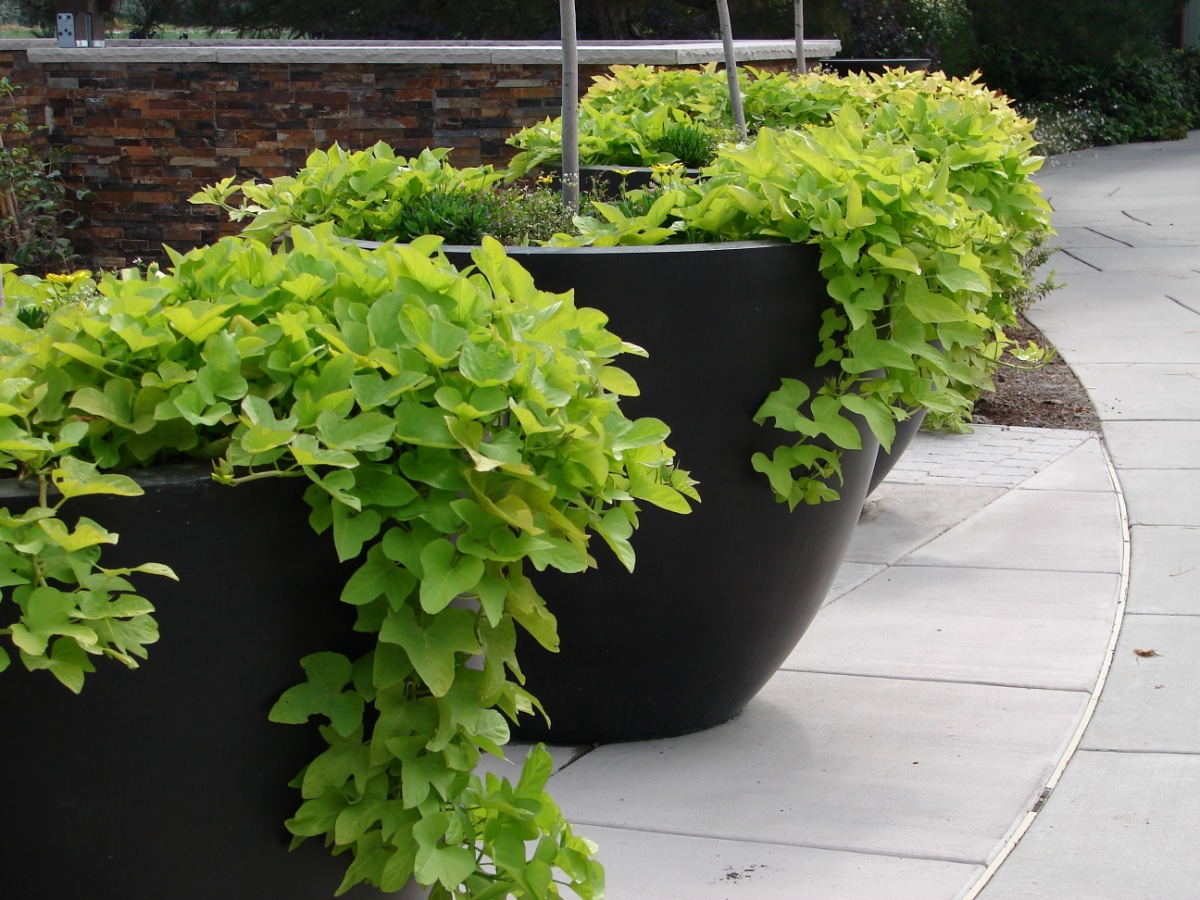
The bright green leaves of sweet potato will draw the eye as the vine happily hangs.
Light: Full Sun
Height: 6-16 Inches
Flowering Season: This does not really apply. The plant is grown for the foliage.
Nemesia
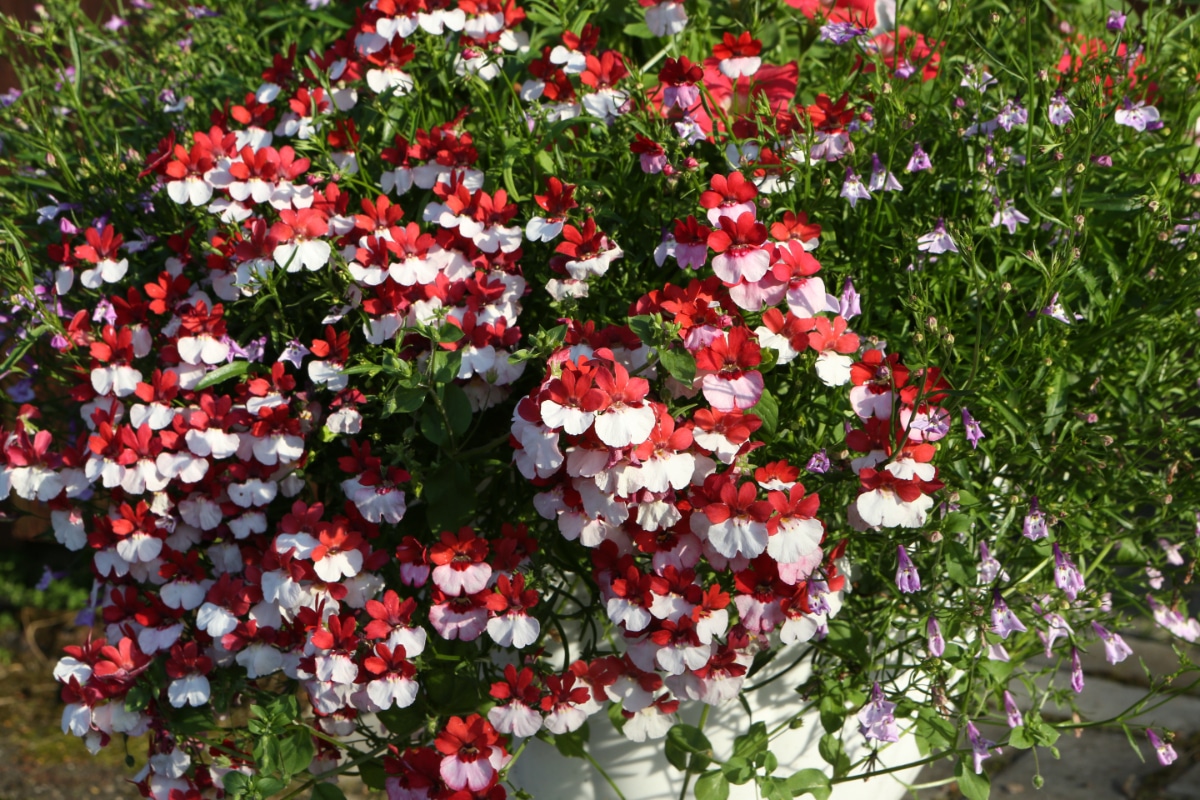
These gorgeous little plants have amazing colorful flowers that are sure to become a staple in your garden.
Light: Full Sun
Height: 6-12 Inches
Flowering Season: Late Spring to Frost in cooler climates, Spring and Fall in hotter regions.
Creeping Jenny
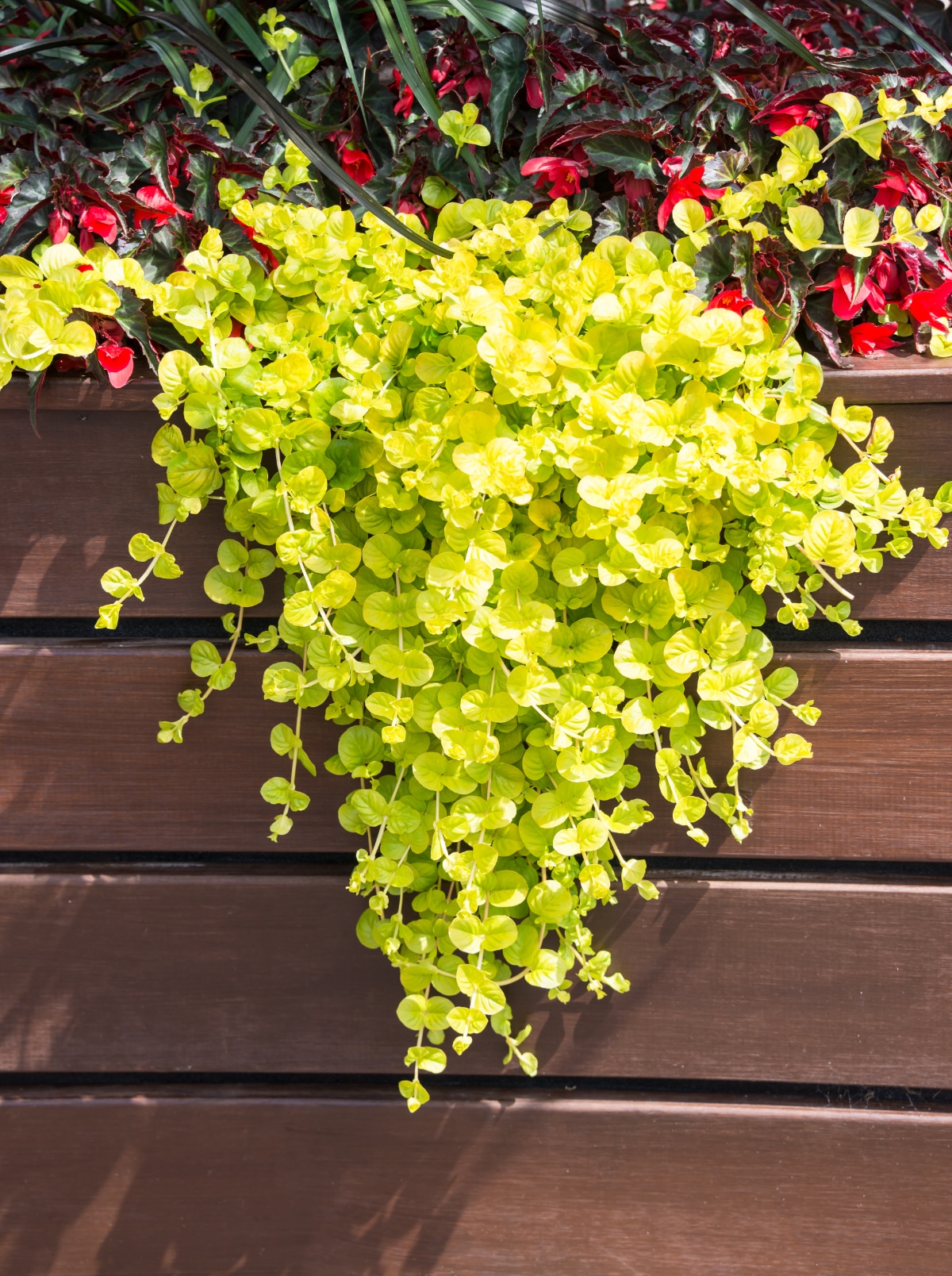
Creeping Jenny is unfortunately one of those plants that need to be kept away from other plants because it will completely take over the space it's in. But, it looks amazing in hanging baskets! Win, win!
Light: Full Sun, Partial Shade
Height: 6-12 Inches
Flowering Season: June to August, but it is grown more for the lime green leaves than the flowers.
Dwarf Caladiums
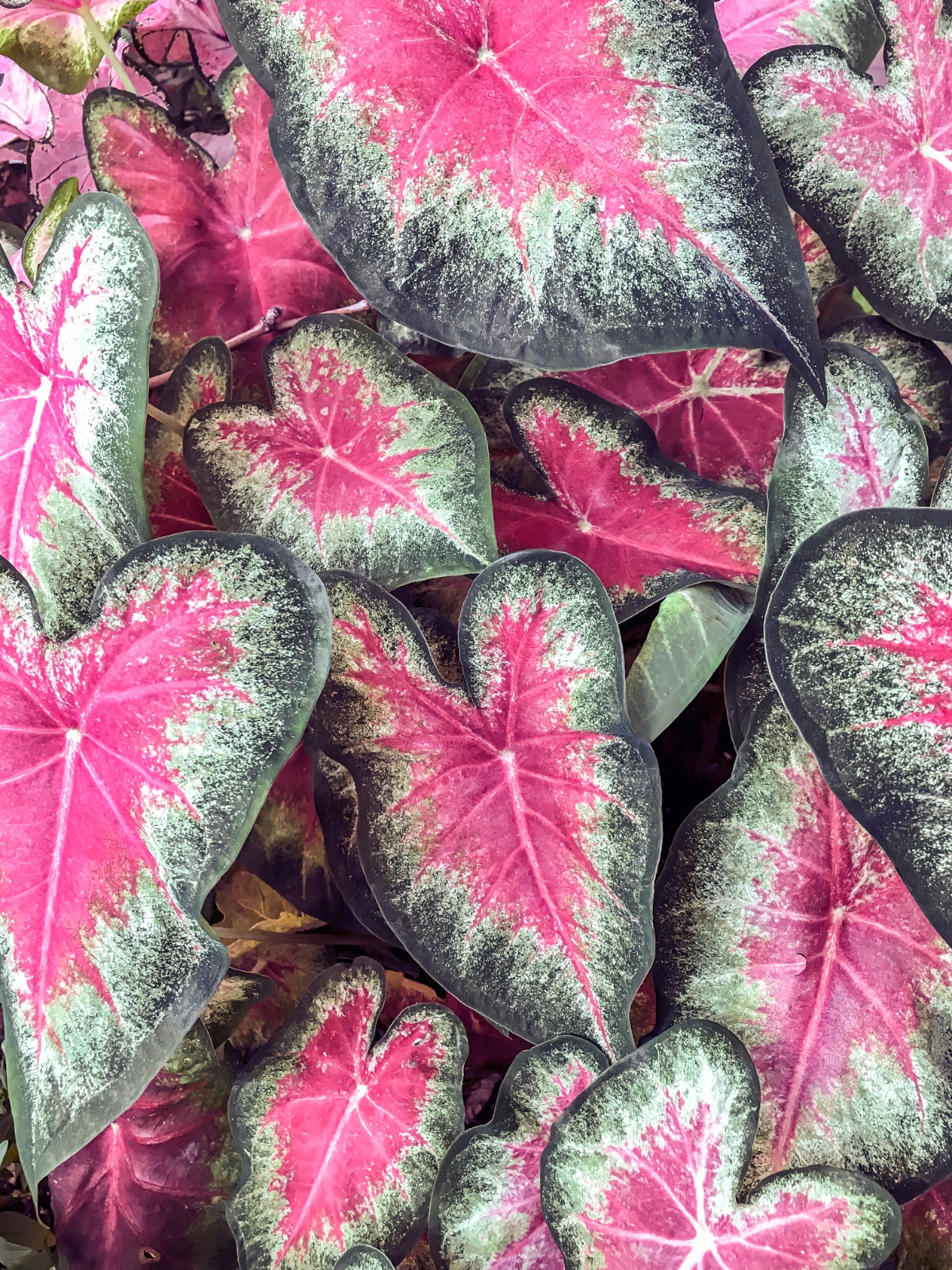
These amazing multicolor leaves are mostly known as houseplants, but you can also grow them outside in most regions!
Light: Partial Sun or Shade
Height: Under 12 Inches
Flowering Season: This does not apply. The plant is grown for the amazing foliage.
Get it online: Amazon
Snapdragons
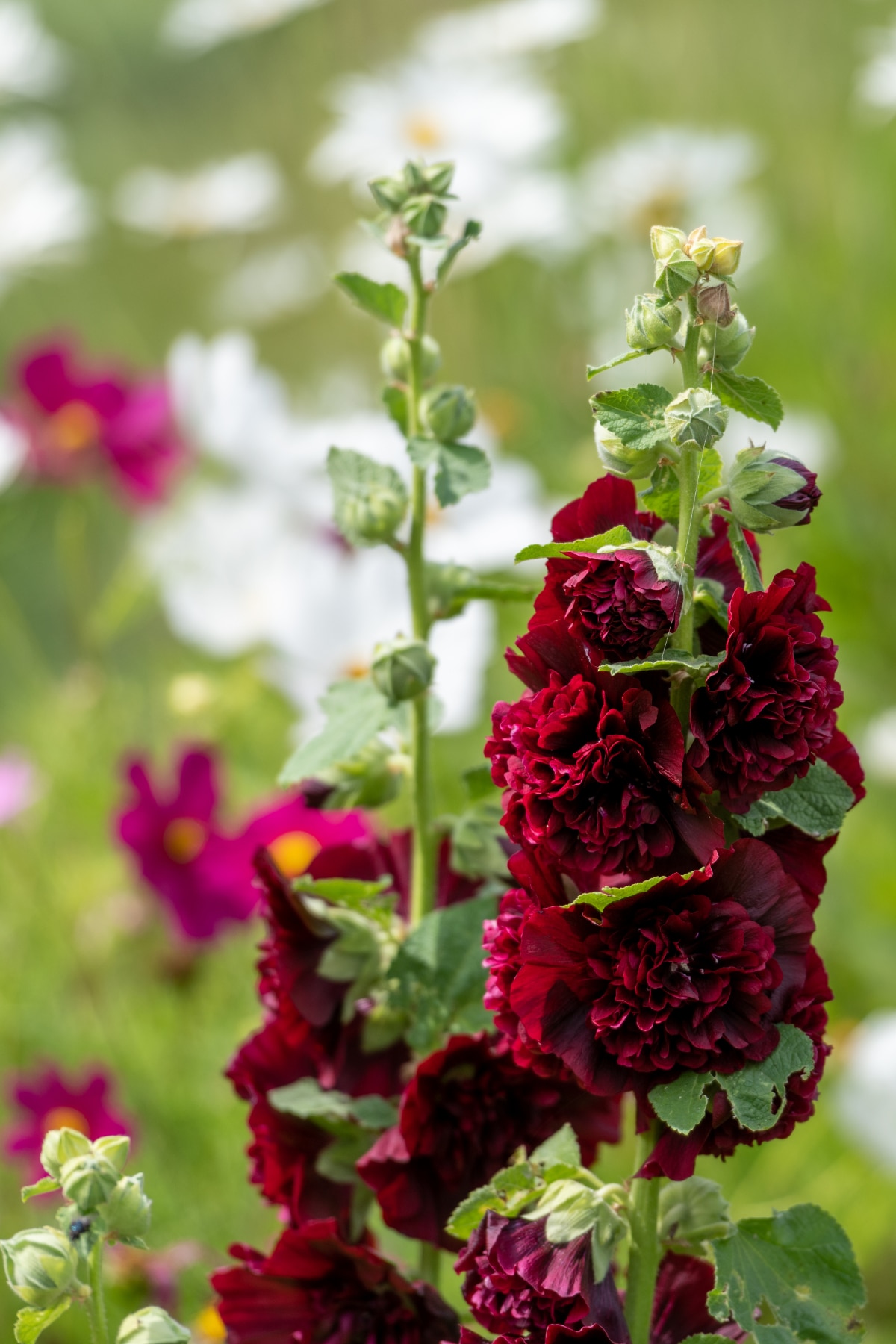
Snapdragons are fun and full of color but they will spread everywhere. I grew some once in one container 4 years ago and to this day they are popping up all over the place.
Light: Full Sun to Part Shade
Height: 6-48 Inches
Flowering Season: Spring to Fall, Year-Round in some regions.
Inch plant aka Wandering Jew
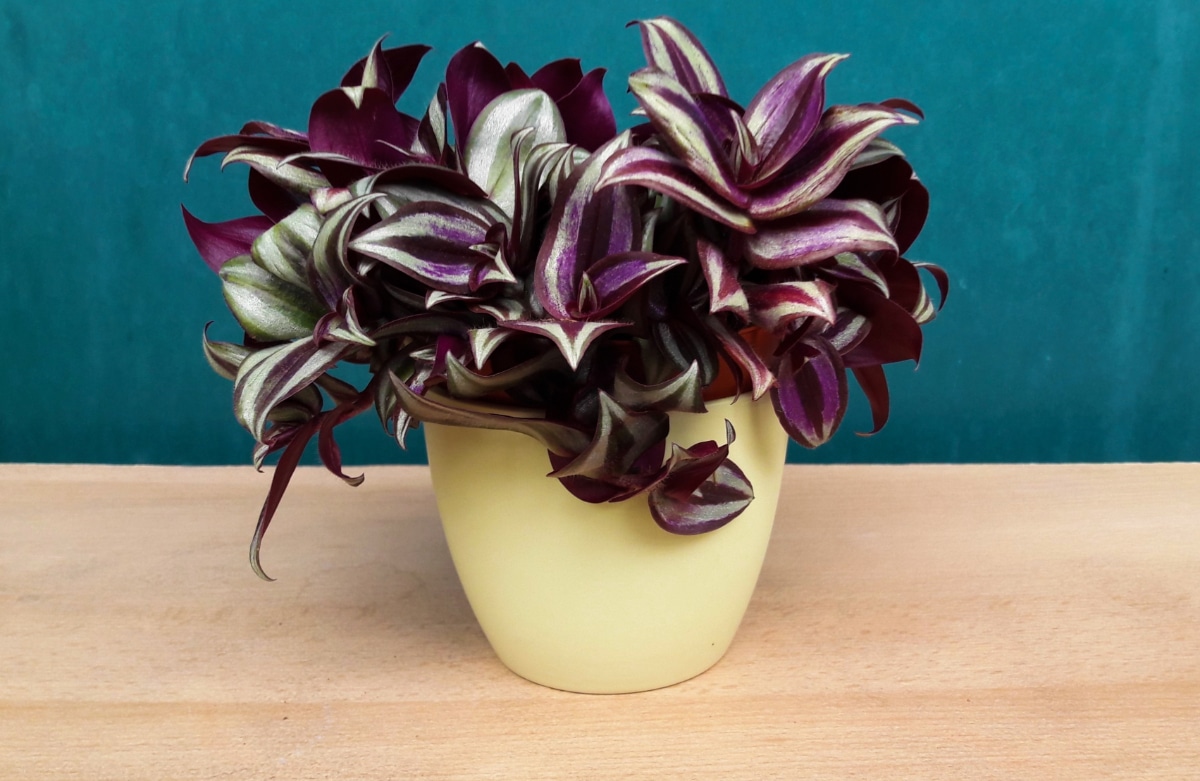
Inch plant as it is now being called is typically grown indoors but there’s no reason why it can’t live outside when the weather is right!
Light: Partial Shade out of direct harsh sunlight.
Height: 4-8 Inches
Flowering Season: This does not apply. The plant is grown for the amazing foliage.
Asparagus Fern

An amazing feathery fern that adds some very interesting texture to hanging baskets.
Light: Partial Sun
Height: Up to 2 Feet in Ideal Conditions
Flowering Season: Summer, but the flowers aren’t the reason the plant is grown.
Cherry Tomatoes
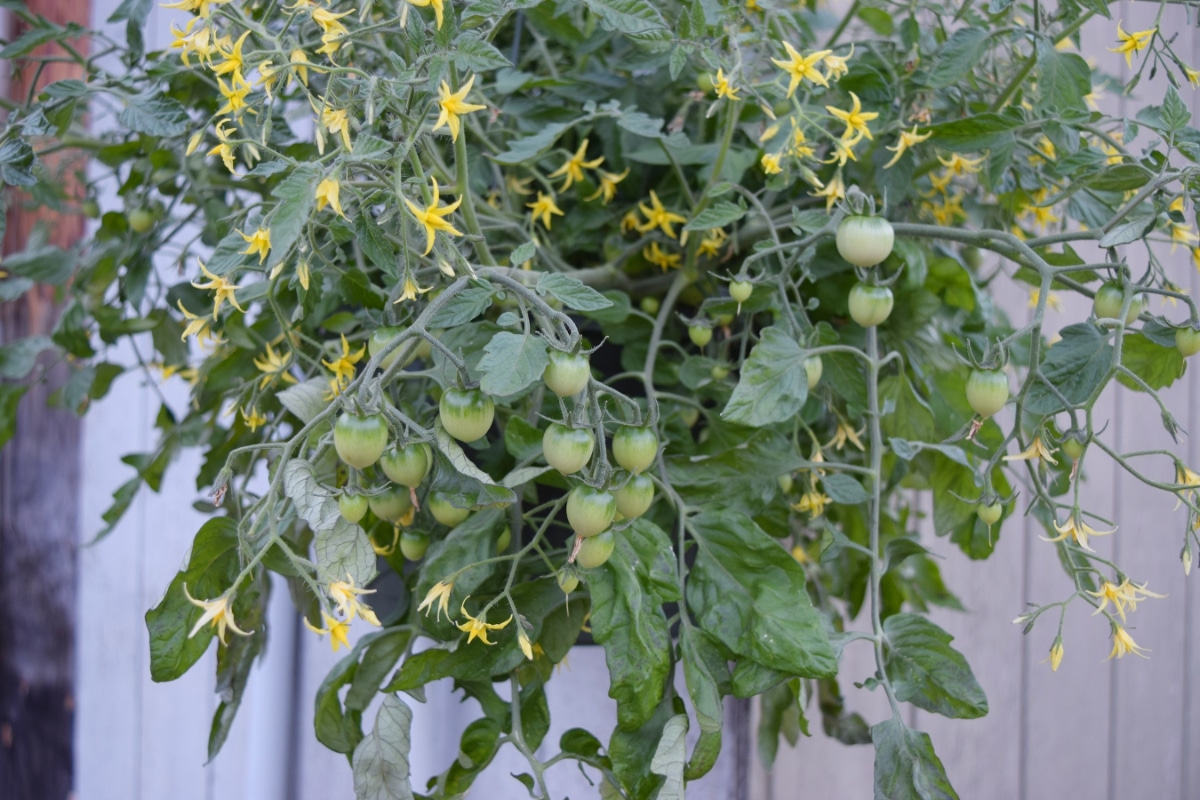
Have you ever stopped to consider just how pretty cherry tomatoes are? They’re really just as wonderful as any flower.
Light: Full Sun
Height: Up to 4 Feet depending on the variety.
Flowering Season: Depends entirely on climate, but these are grown more for the fruit than the flower.
Ivy
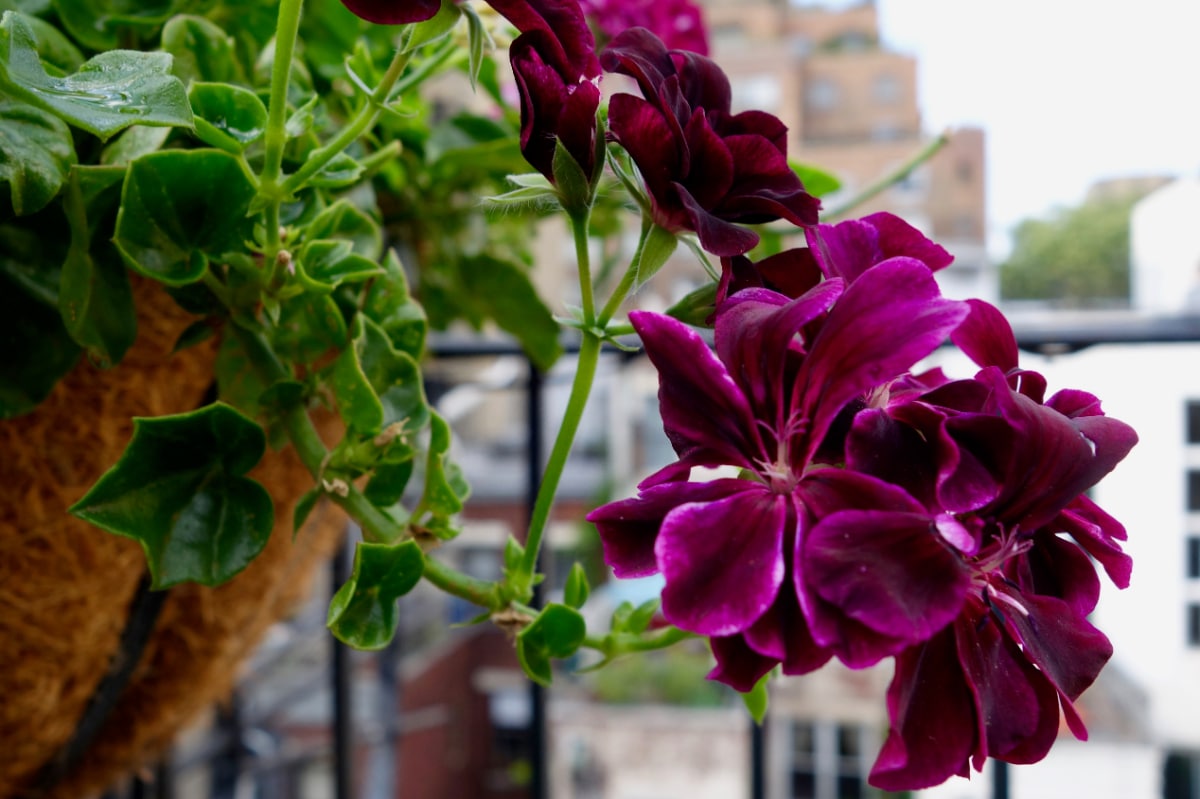
Ivy of all types get a bit of a bad rap with gardeners. Sure, they will smother all plant life. But if you’re careful and plant them in containers they are gorgeous!
Light: Partial Shade, Indirect Sunlight Best
Height: 6-8 Inches
Flowering Season: Fall, but the flower isn’t the reason it’s grown.
Daisy

Possibly the cutest little flower you can grow in the garden. There’s something so sweet and innocent about them.
Light: Full Sunlight
Height: 1-3 Feet
Flowering Season: Spring to Fall depending on the region.
Marigold

You might think of marigolds as overhyped because literally, everyone grows them, but there’s a reason for that! Just remember there are so many varieties out there you don’t have to settle for the traditional orange ball of fluff.
Light: Full Sun
Height: 6 Inches to 2 Feet depending on the variety
Flowering Season: Spring
Wishbone Flower
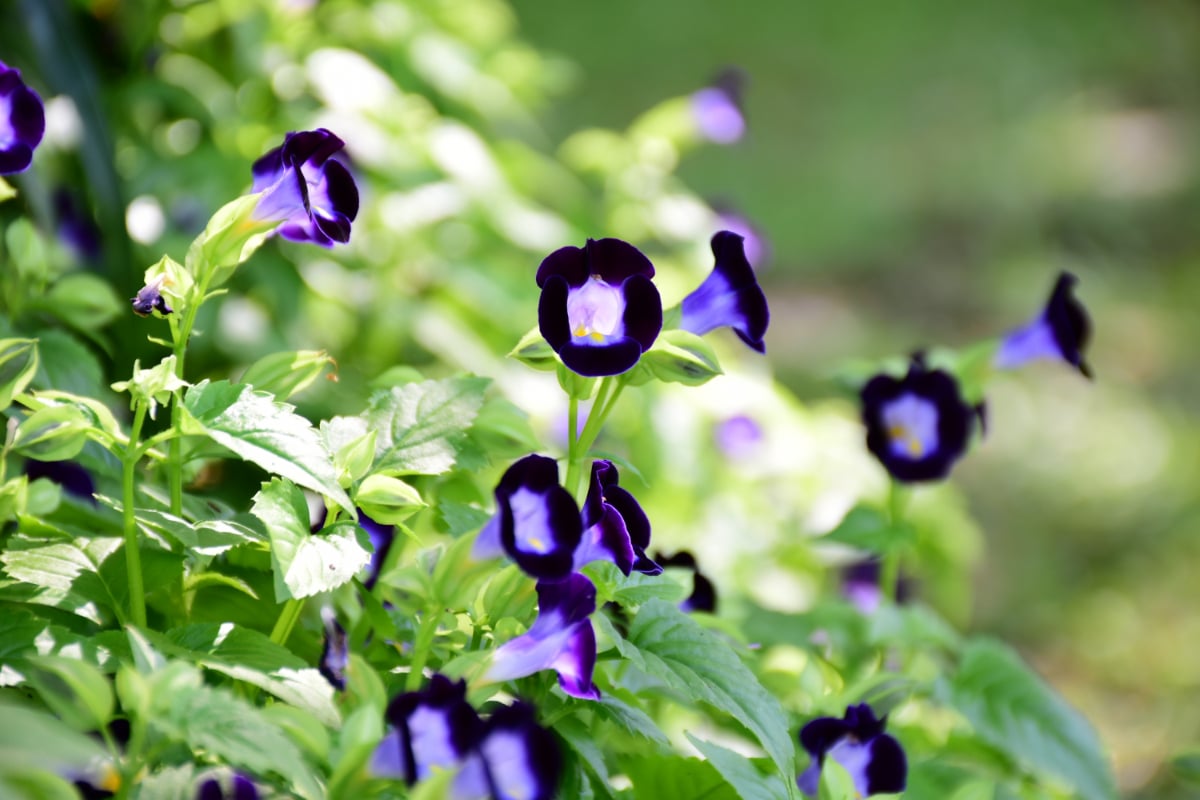
A wonderful flower to grow if you want to attract hummingbirds to your yard, and why wouldn’t you want to do that?
Light: Partial Shade to Full Shade
Height: 6-18 Inches
Flowering Season: June to Frost
Dianthus
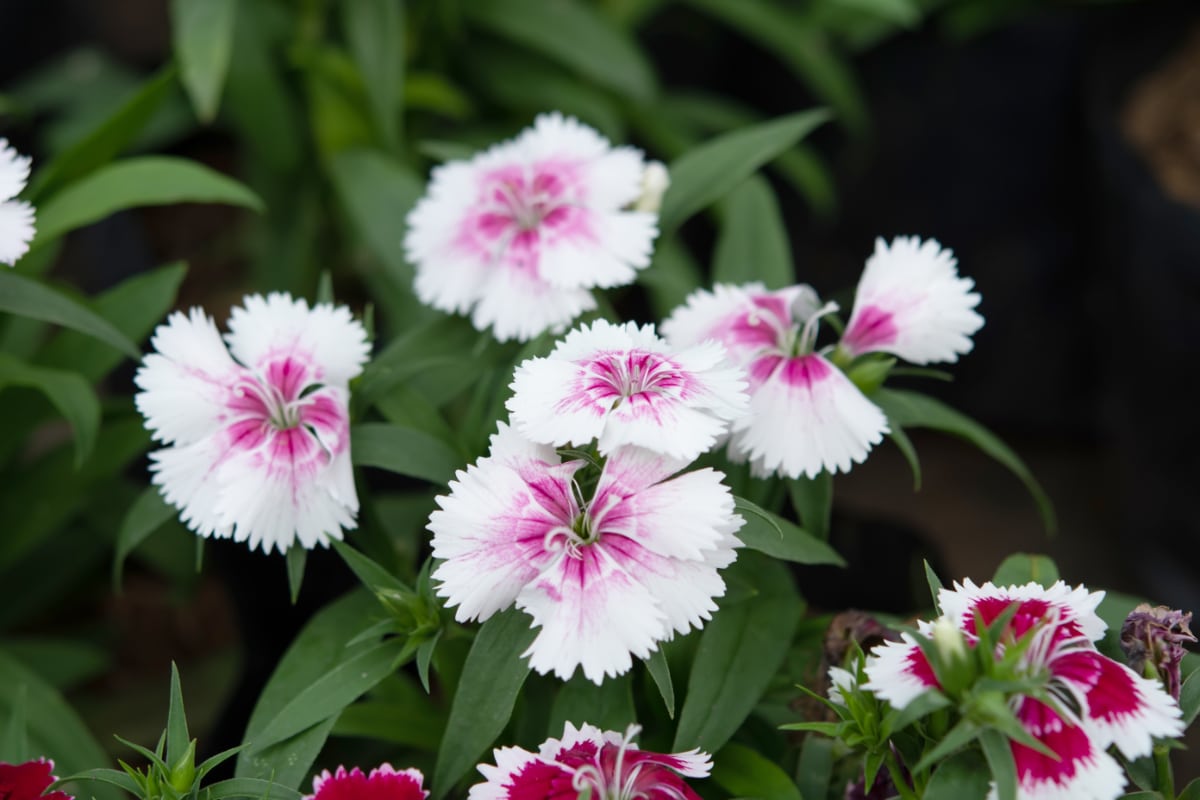
The jagged edges of dianthus’ flowers add some interesting texture to your garden.
Light: Full Sun
Height: 5 Inches to 3 Feet depending on the variety.
Flowering Season: Spring to Fall
Diascia aka Twinspur
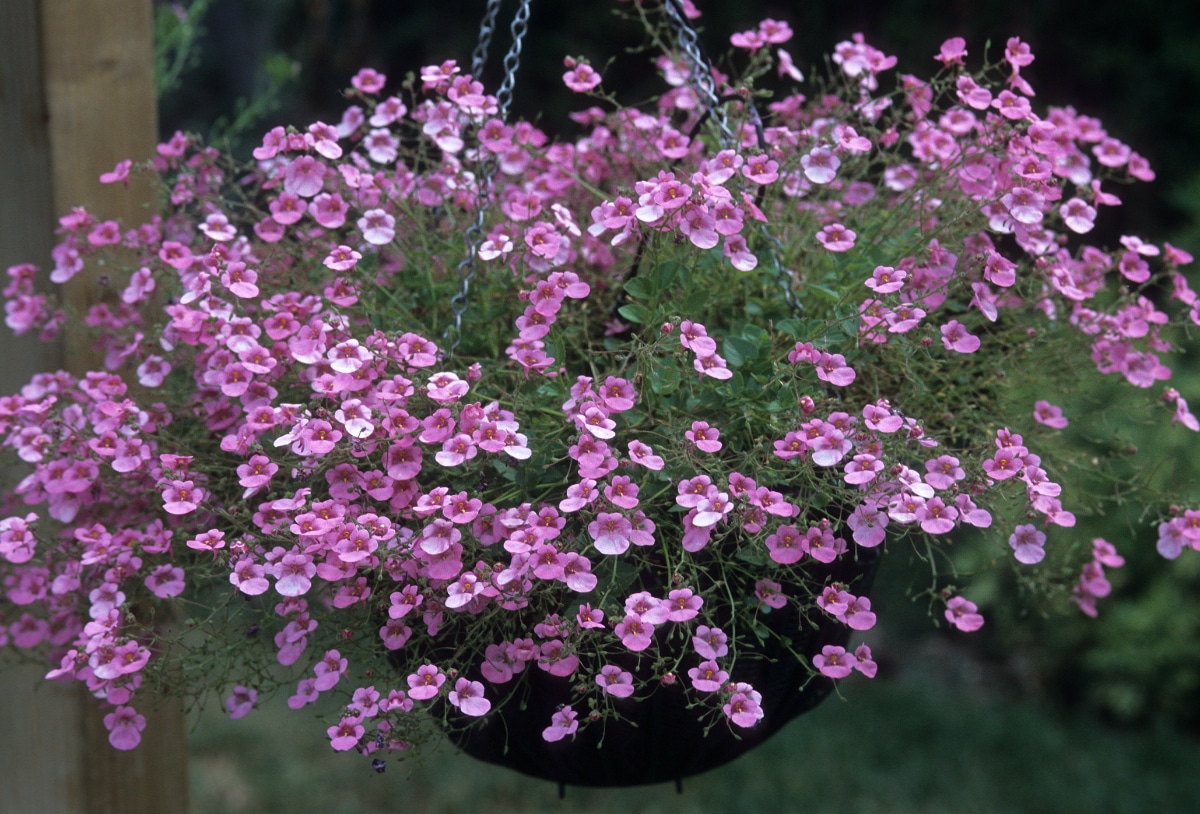
These amazing African flowers are really only hardy in hotter regions, zone 9-11 are recommended.
Light: Full Sun to Partial Sun
Height: 6-12 Inches
Flowering Season: Spring and Fall
Licorice Vine
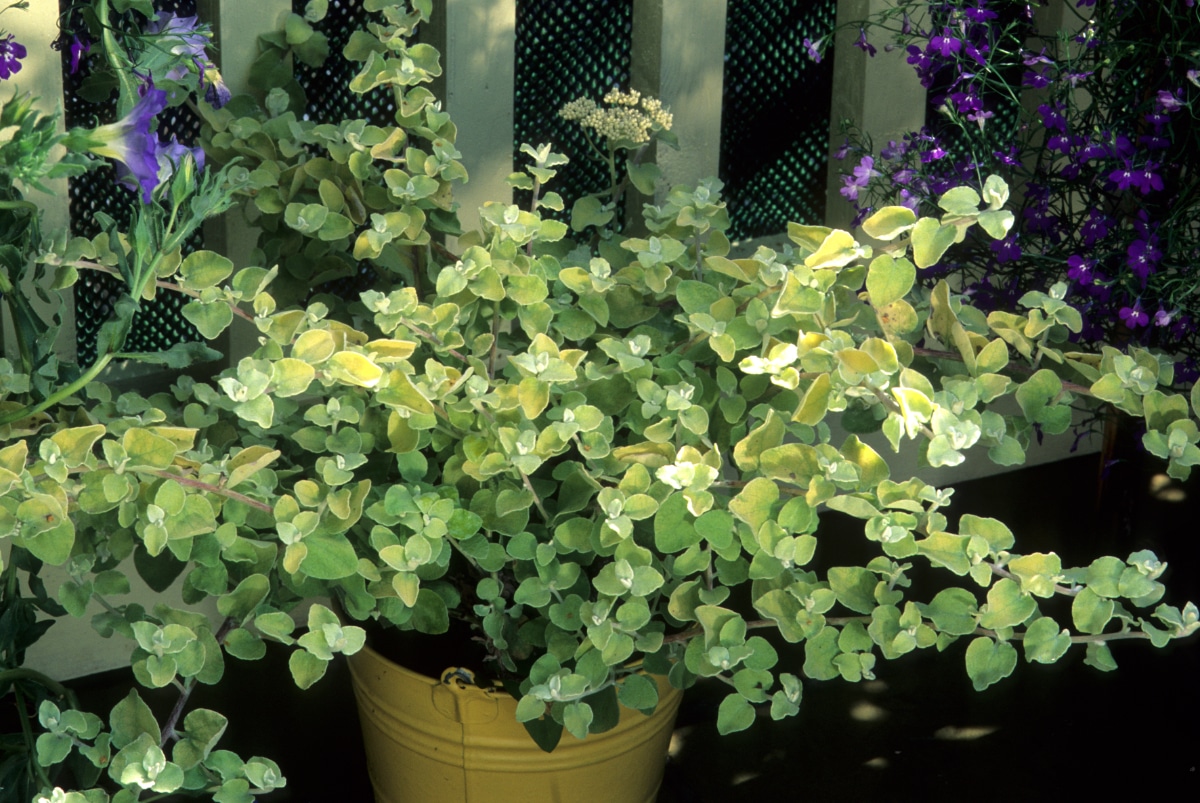
The gorgeous fuzzy leaves of the Licorice Vine are a great companion for plants with a lot of flowers on them.
Light: Full Sun
Height: 1-2 Feet
Flowering Season: The flowers on Licorice Vine are small and not why the plant is grown.
Purple Shamrock

This gorgeous plant is grown for those amazing purple leaves, but it also has amazing flowers!
Light: Partial Shade
Height: 10 Inches
Flowering Season: Summer is most common, but they can flower at any time.
Boston Fern
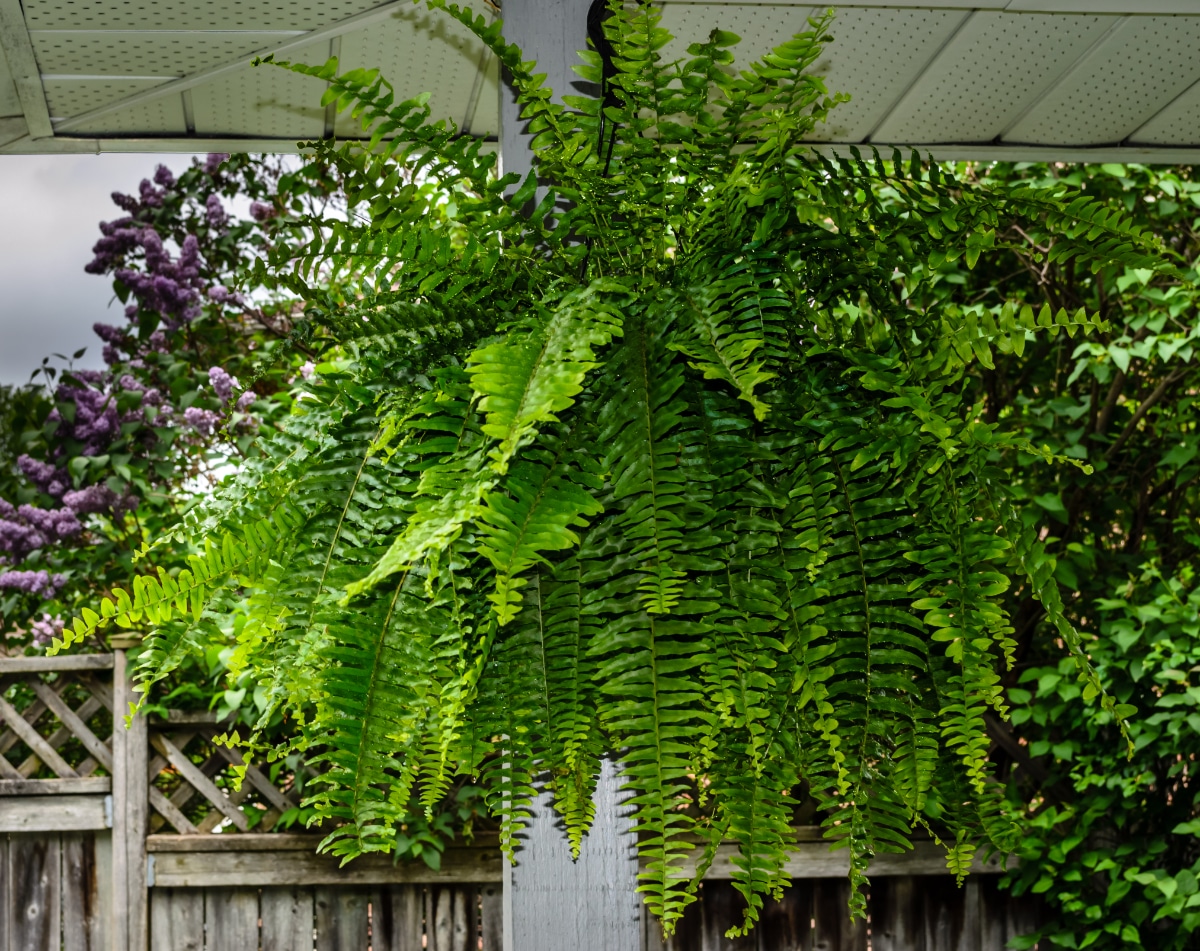
This list wouldn’t be complete without the Boston Fern on it.
Light: Partial Shade
Height: 1-3 Feet
Flowering Season: Does not flower.
Black-Eyed Susan Vine
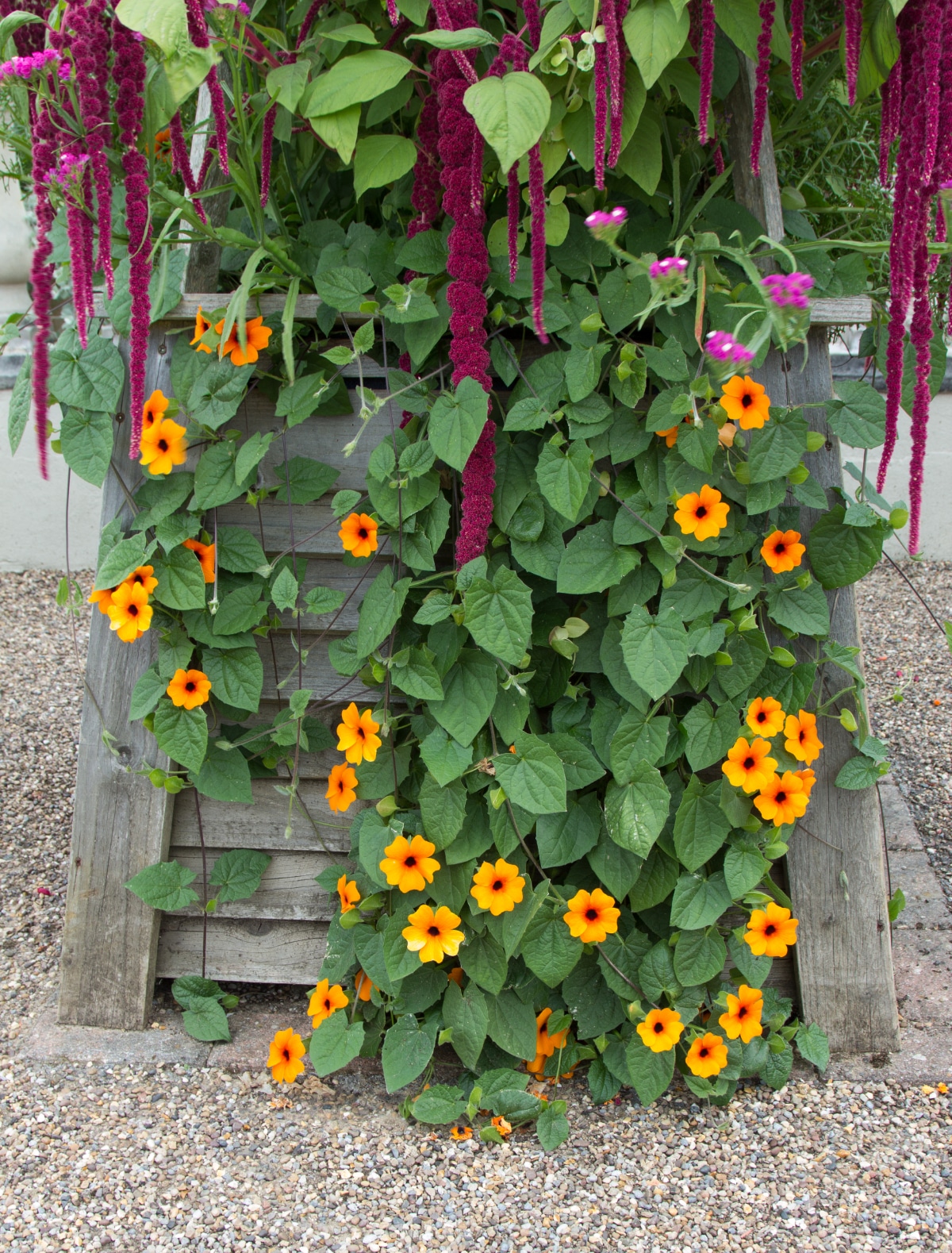
Check that this isn’t considered an invasive species in your area before you consider buying it.
Light: Full Sun, Partial Shade
Height: 3-8 Feet Depending on the growing area given.
Flowering Season: Summer to Fall
Strawberries

A delicious plant that is ideal for hanging baskets, especially if you’re struggling against critters trying to eat your strawbs.
Light: Full Sun
Height: 6-8 Inches
Flowering Season: Spring

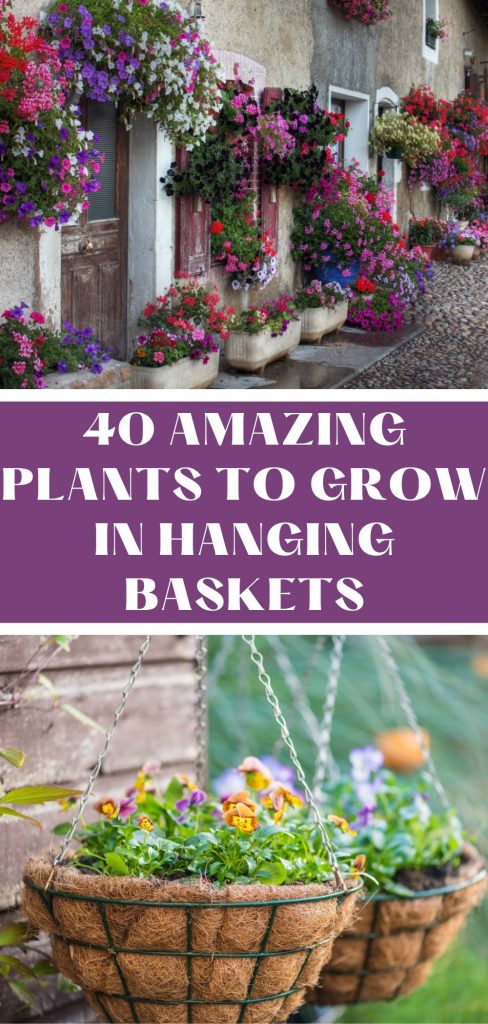
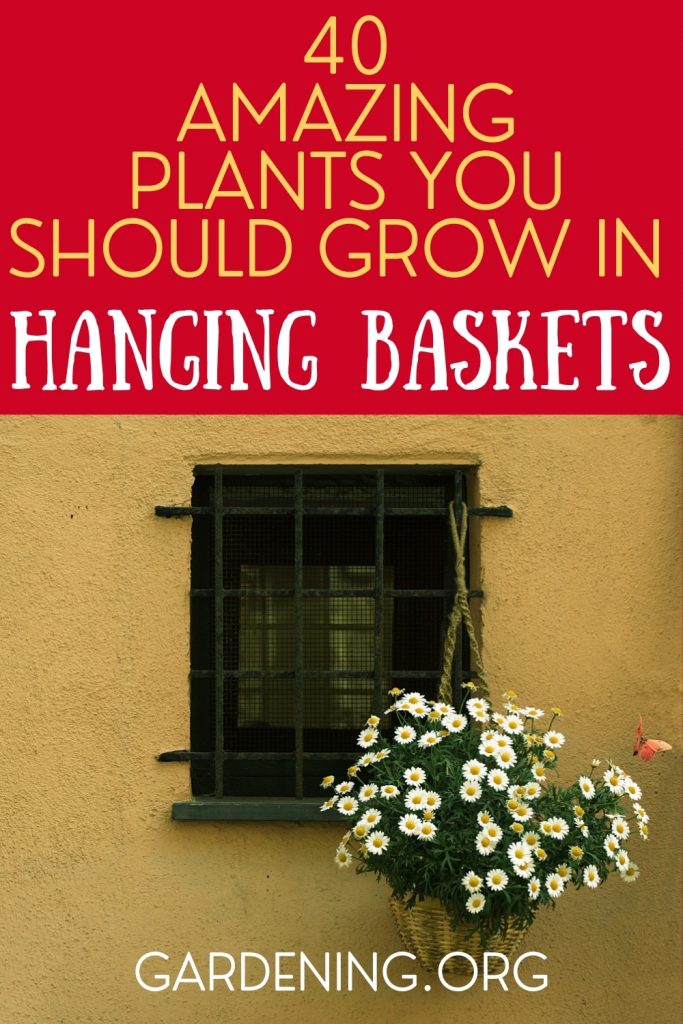
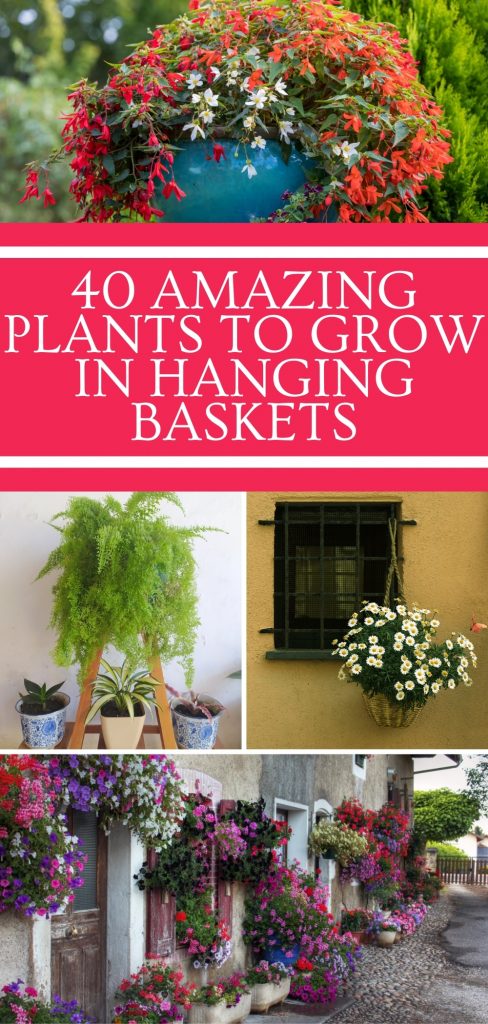

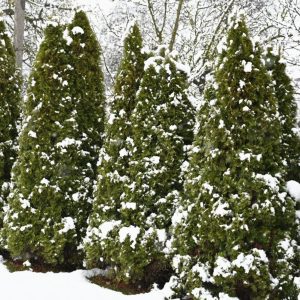


Leave a Reply